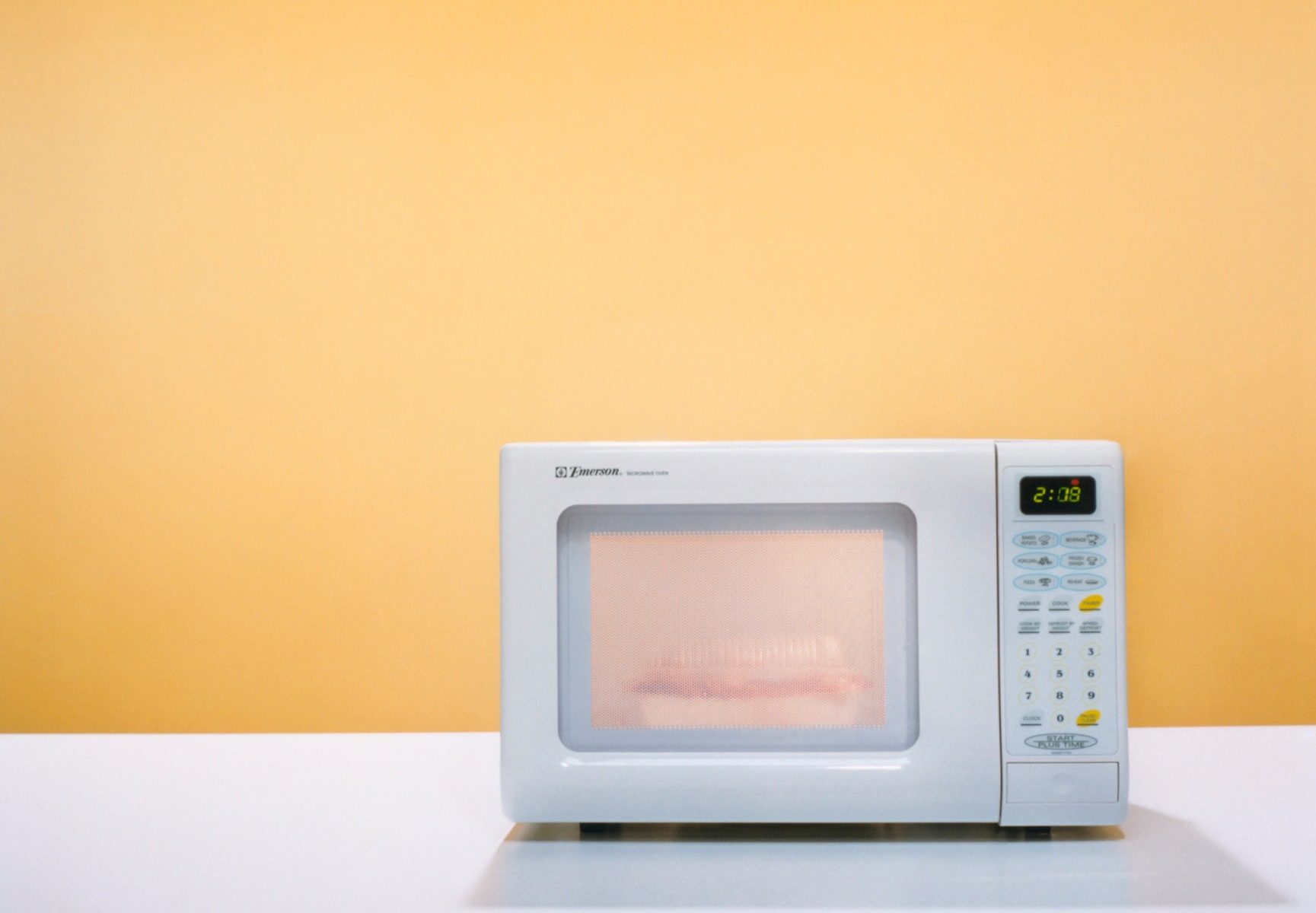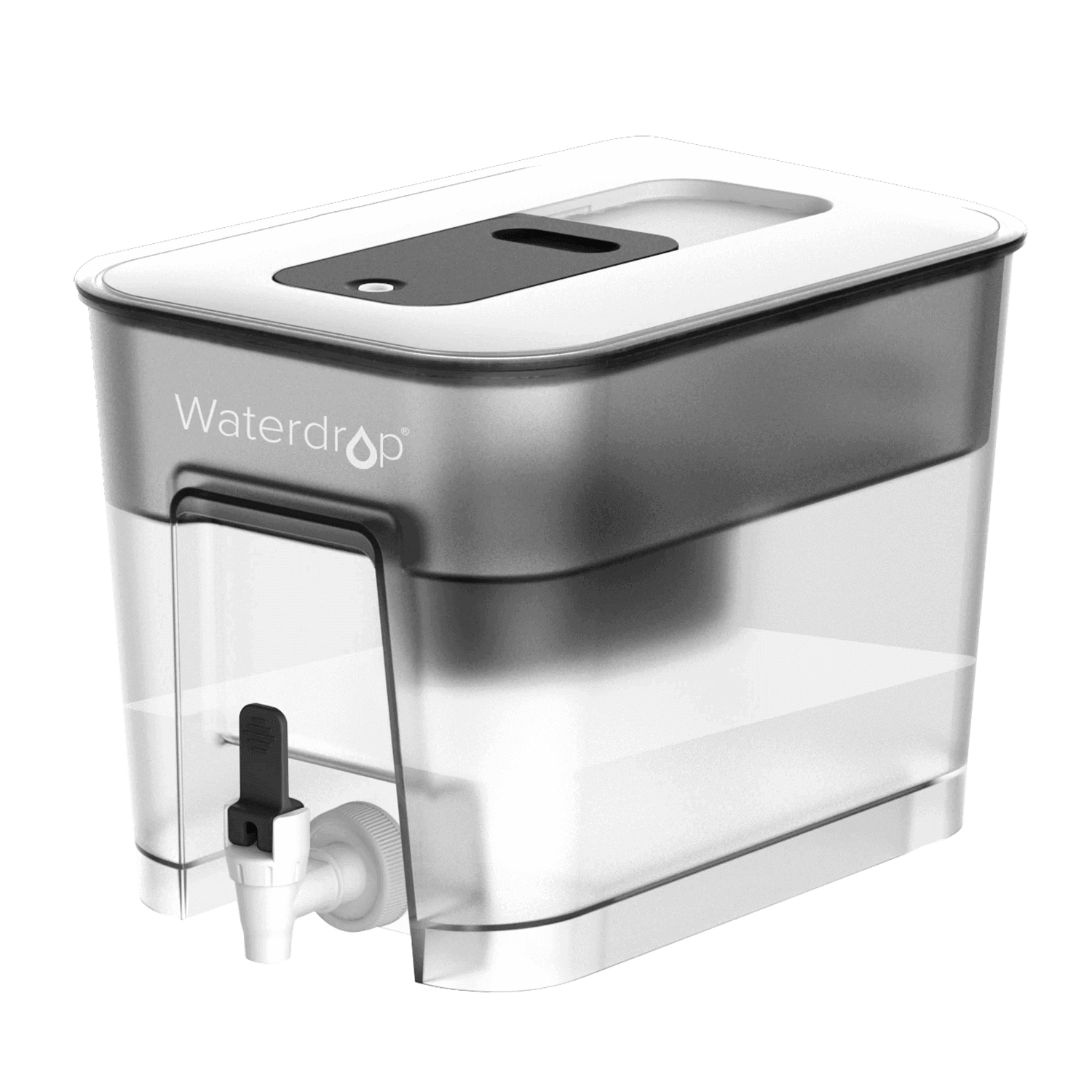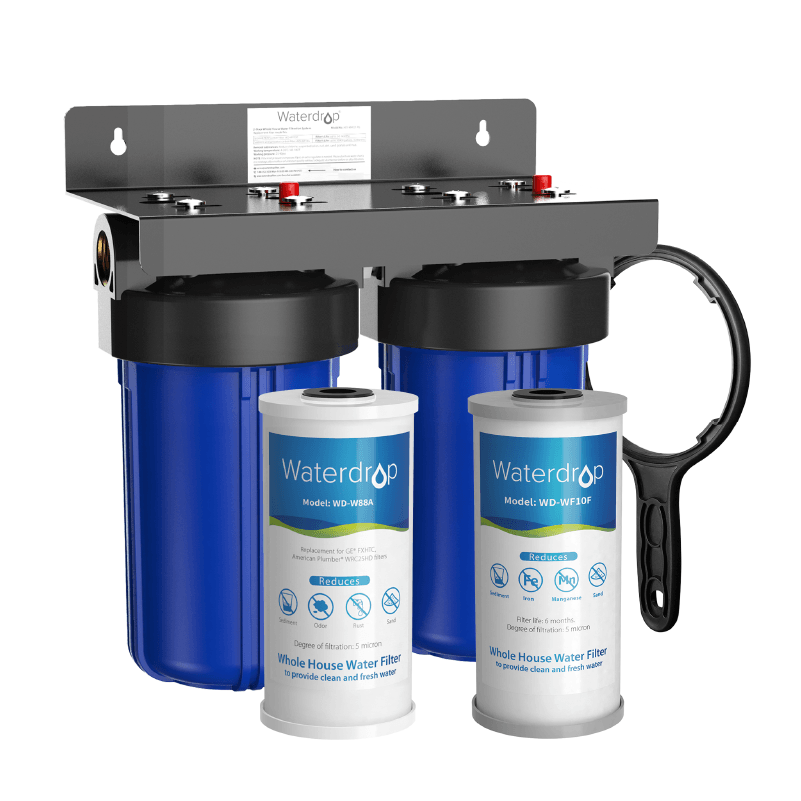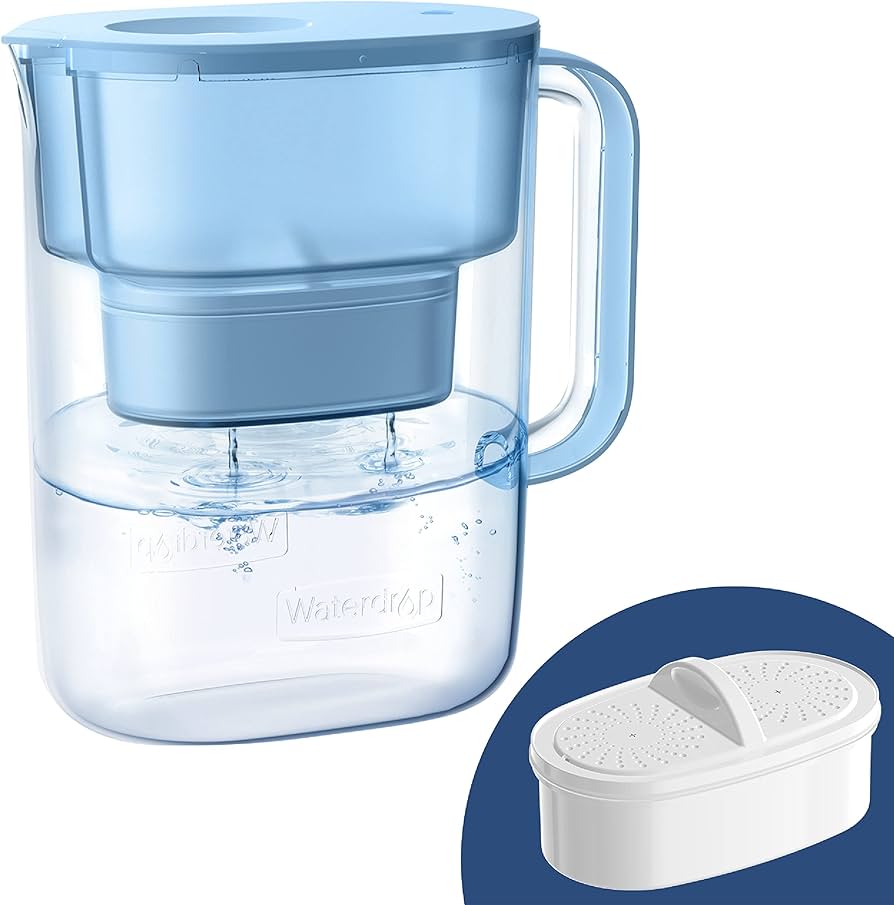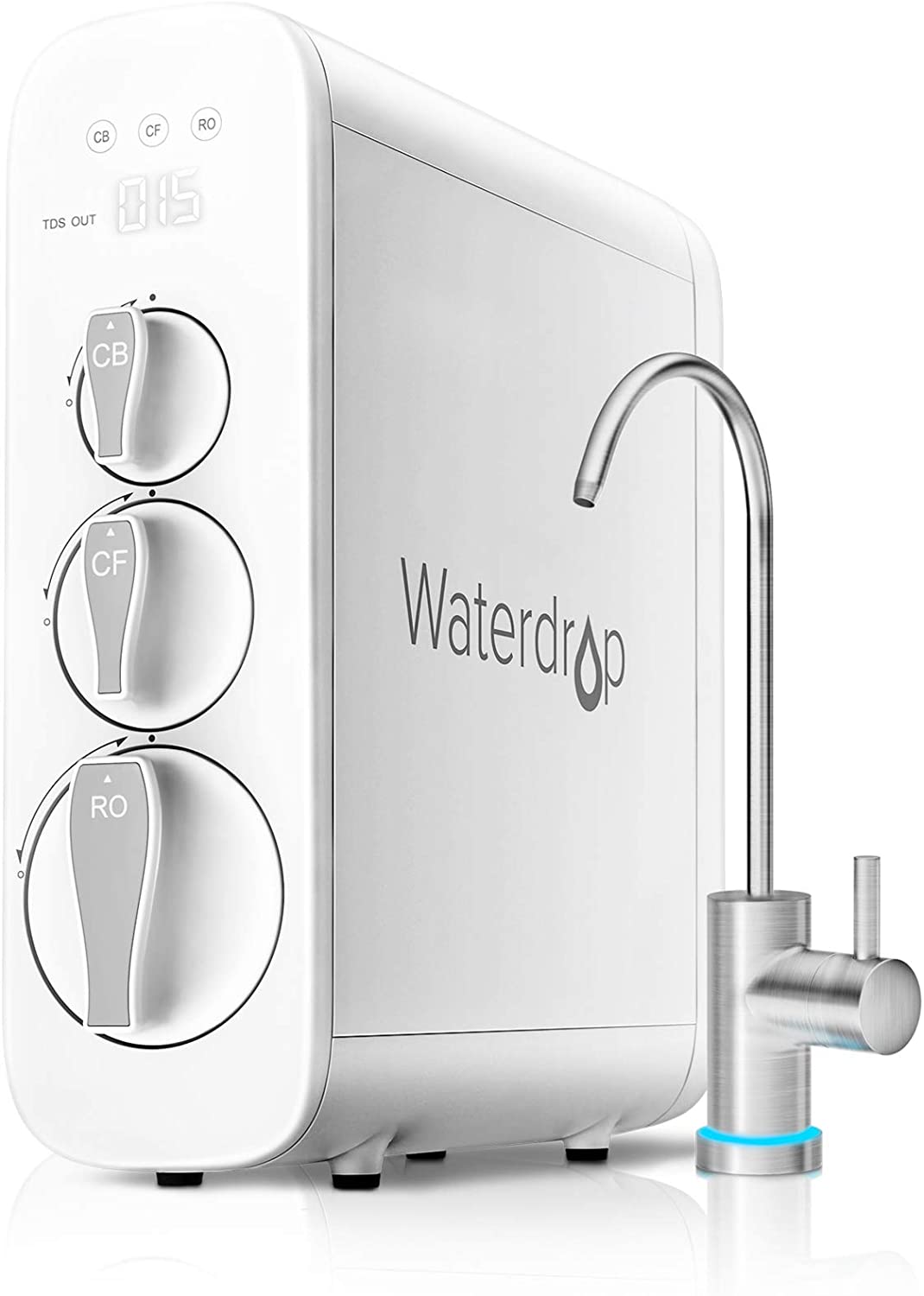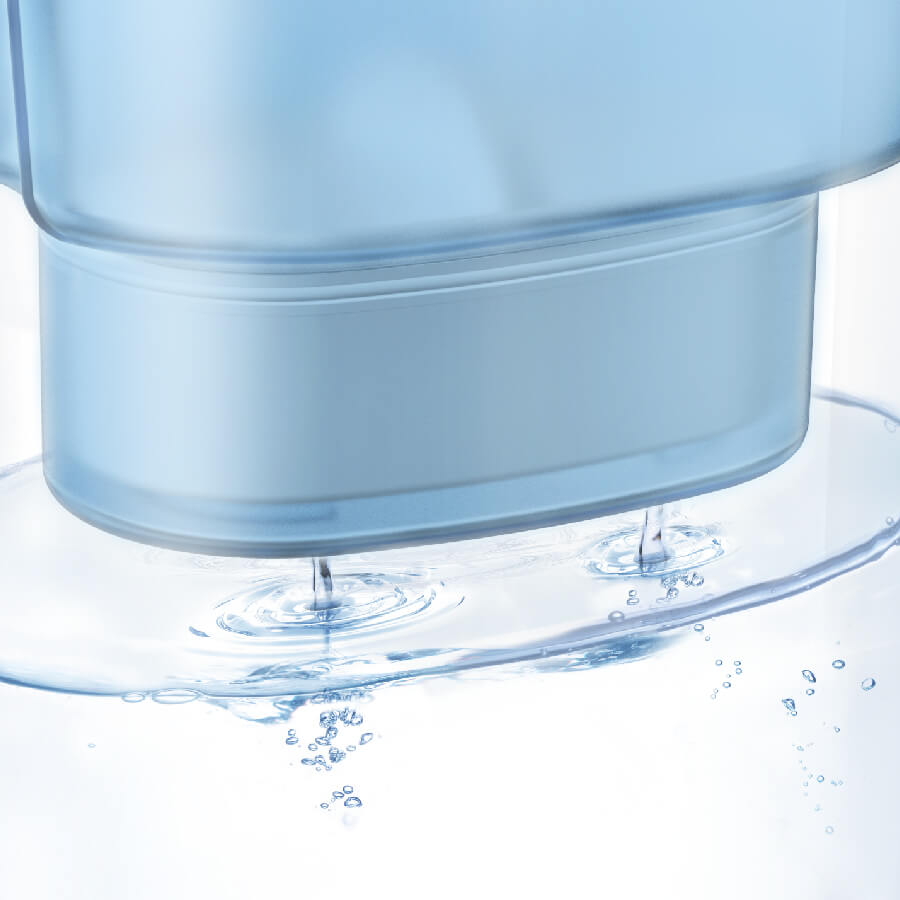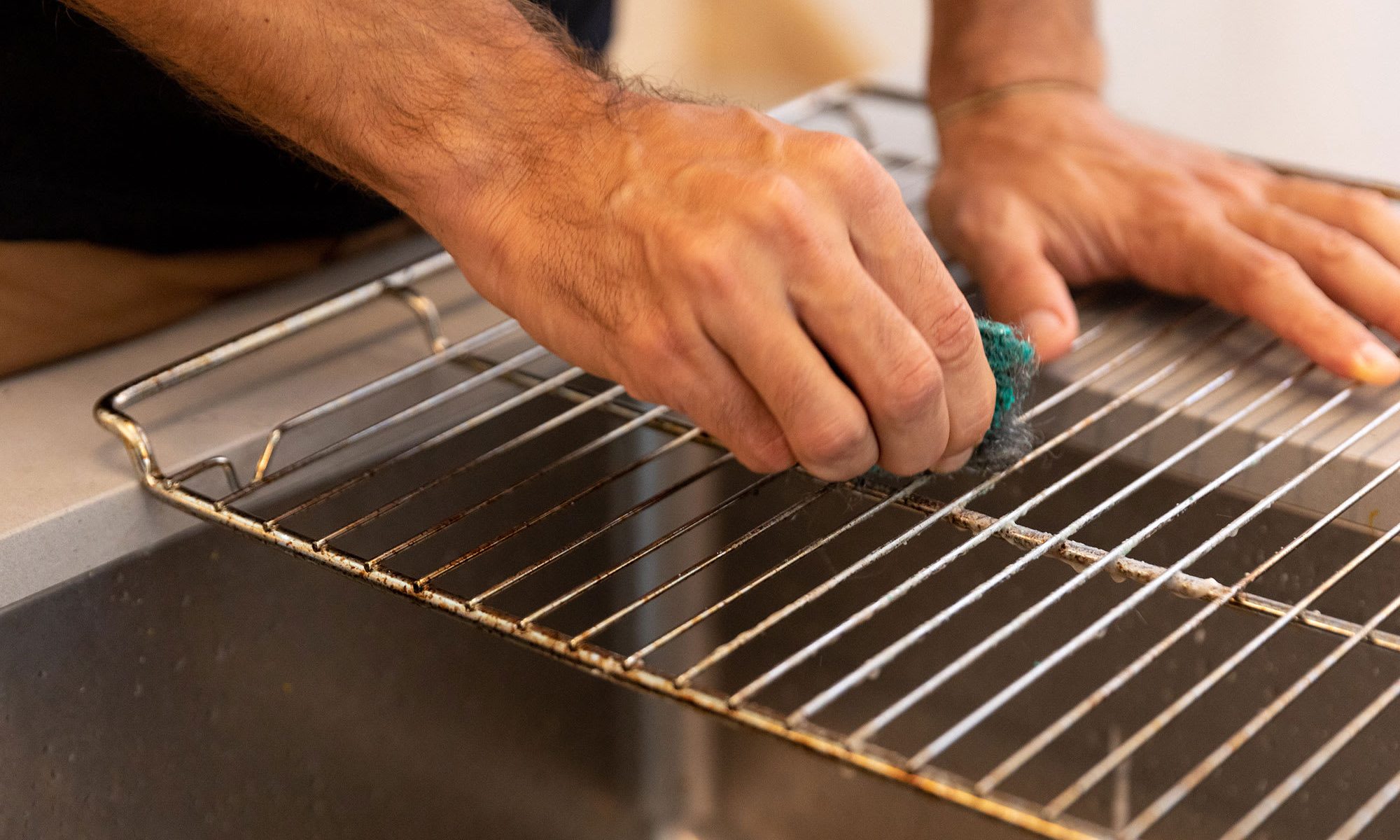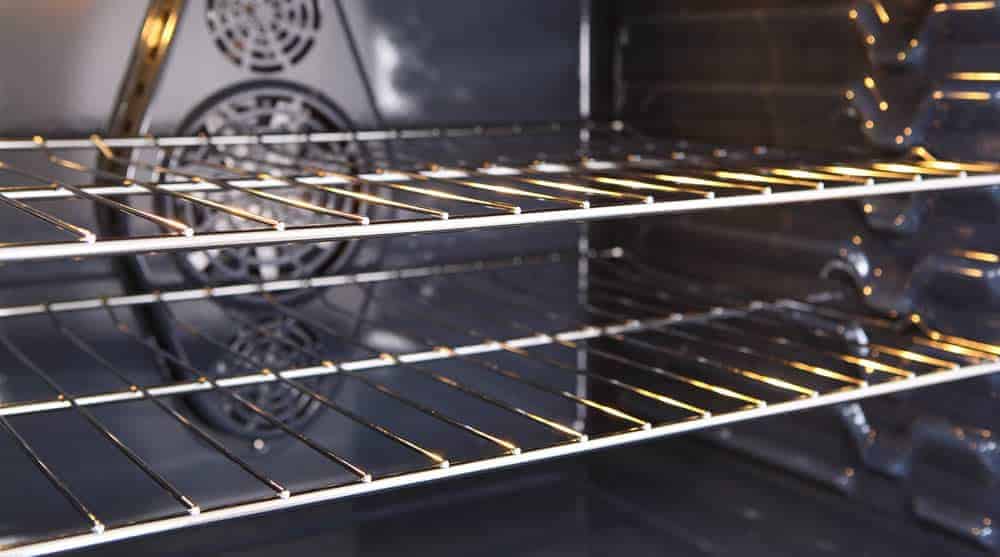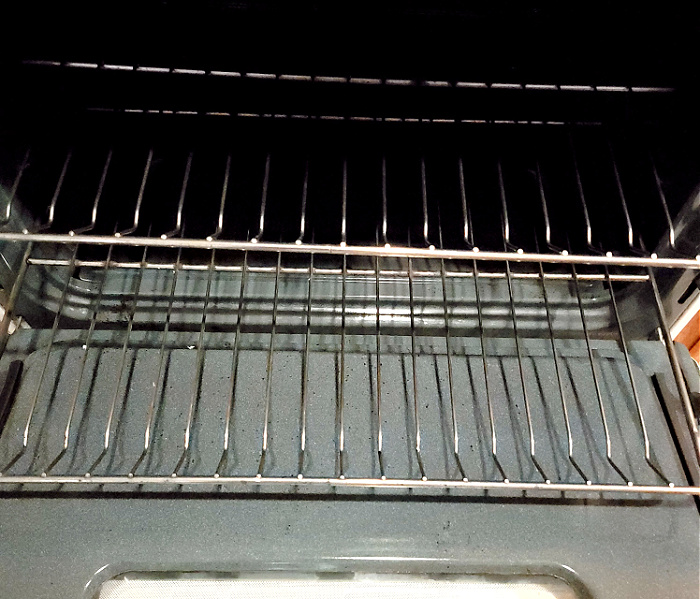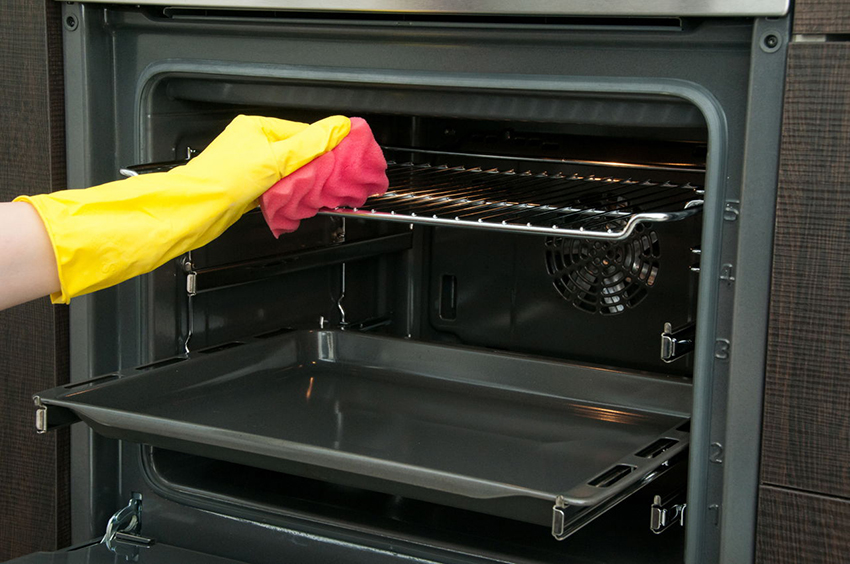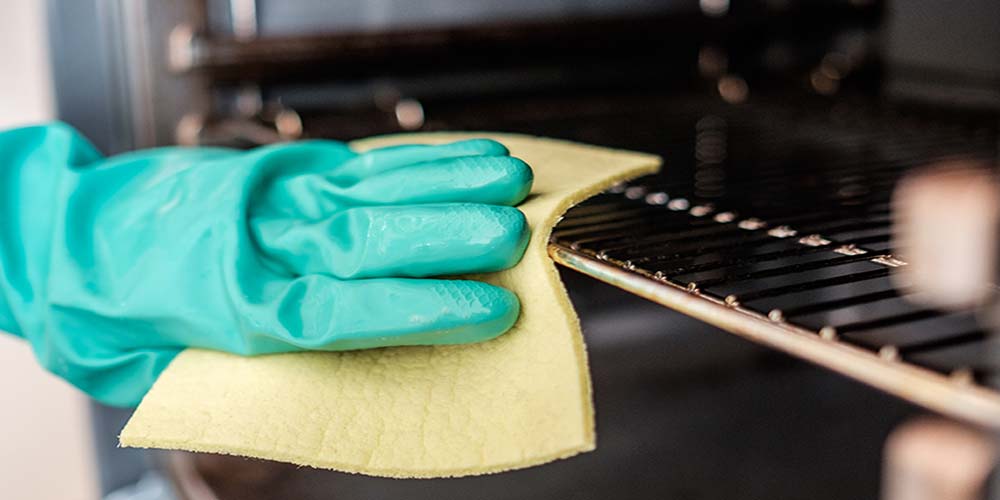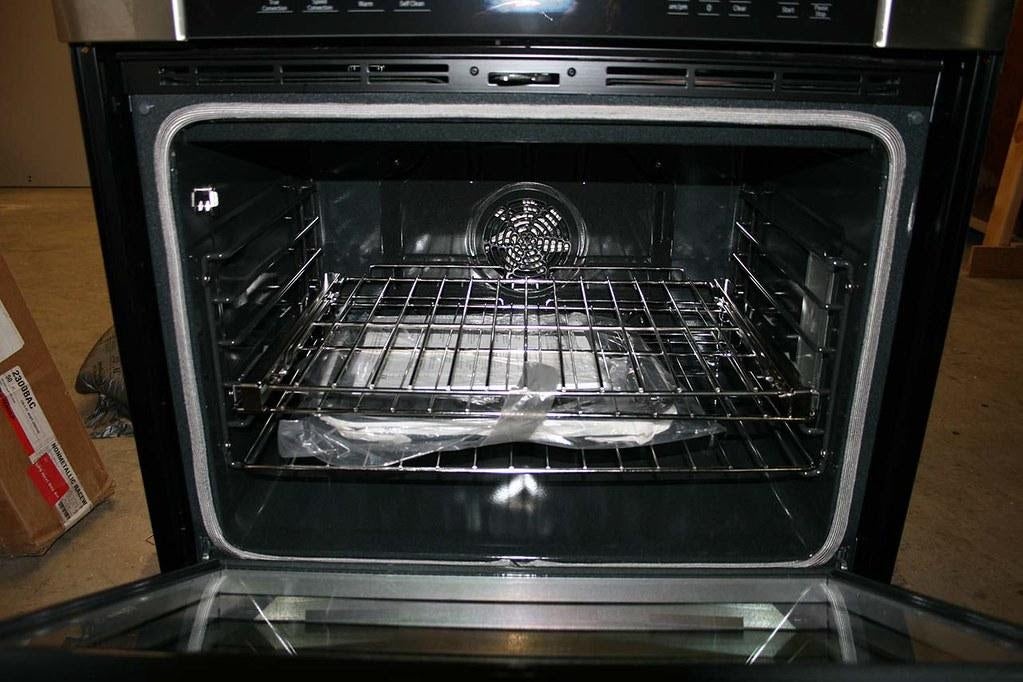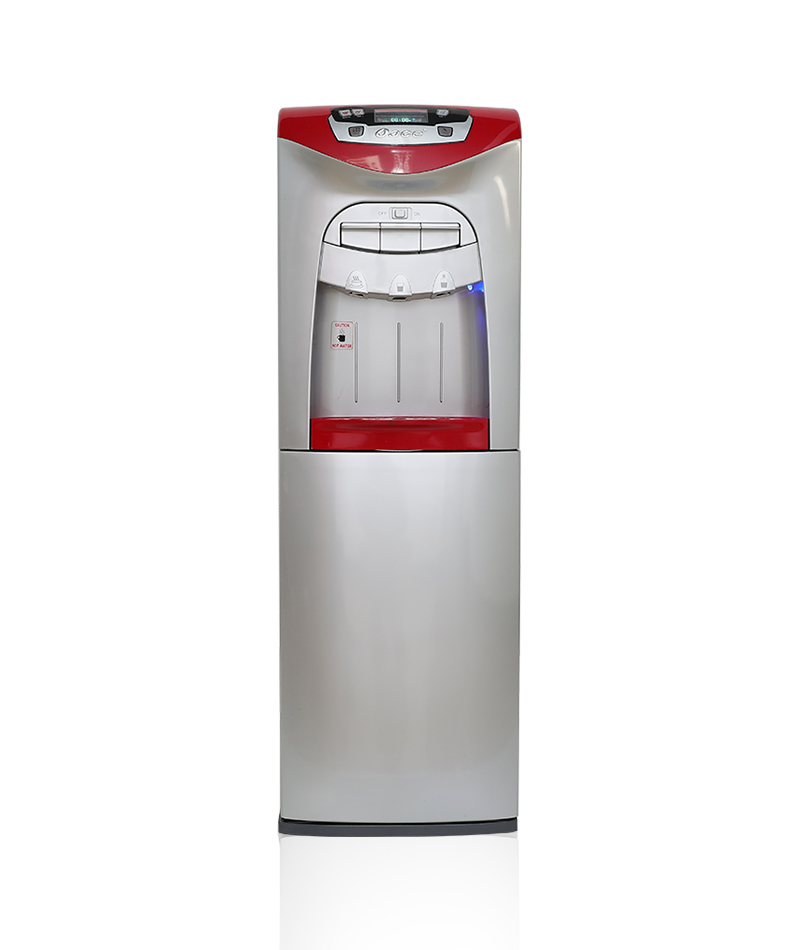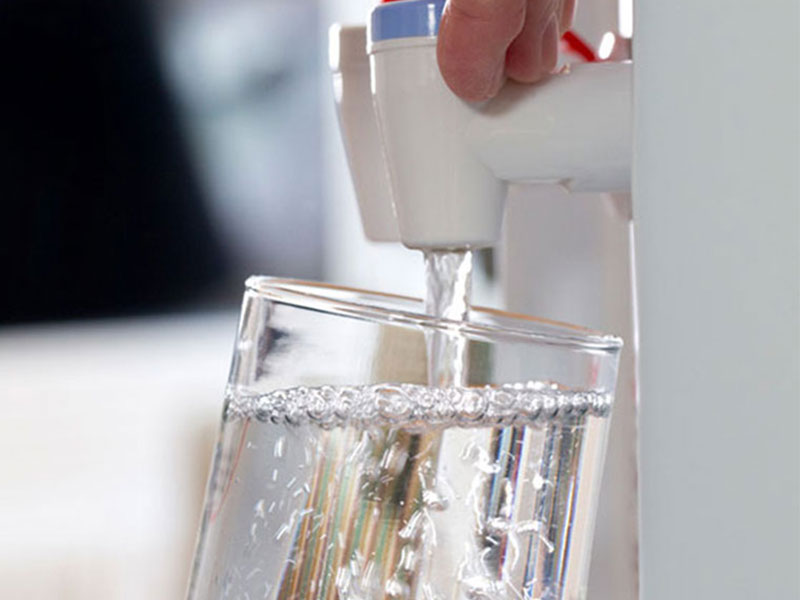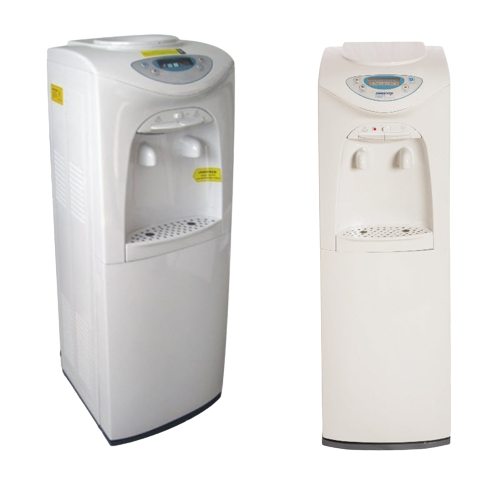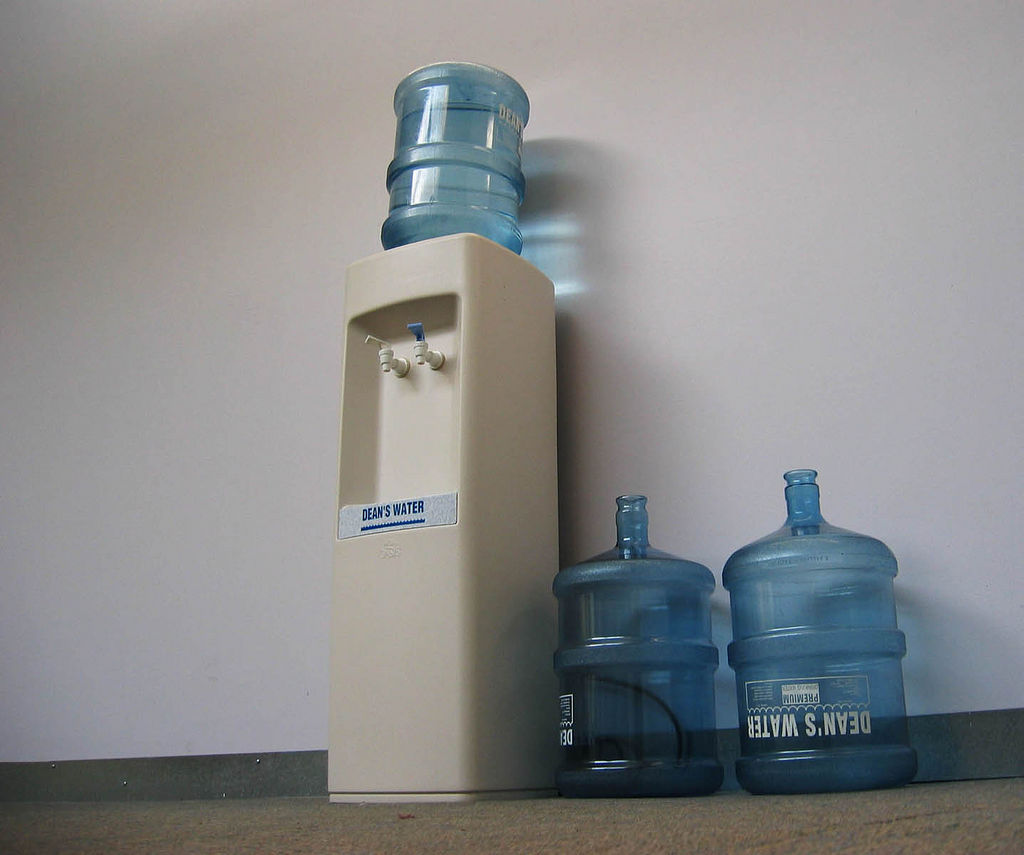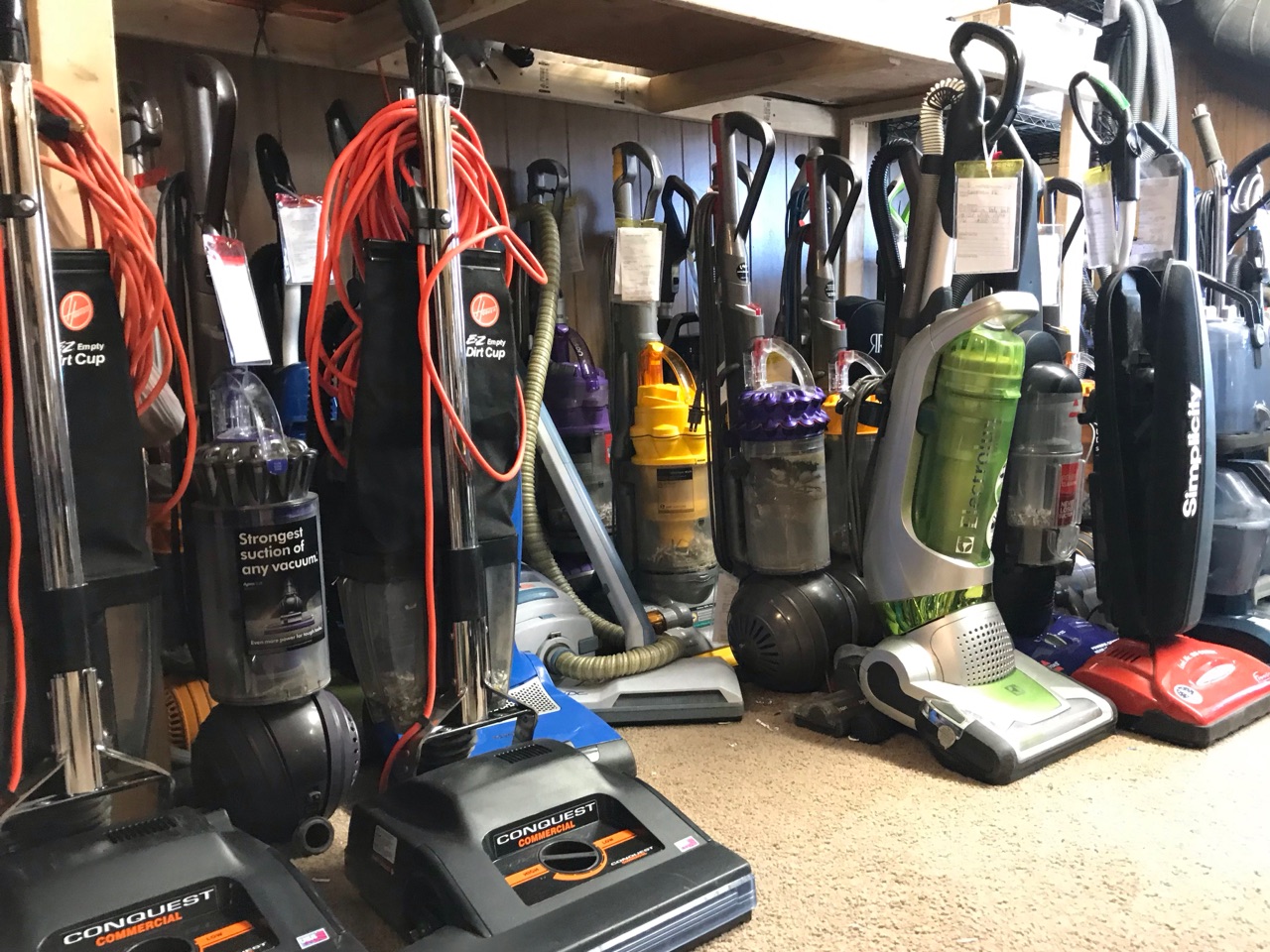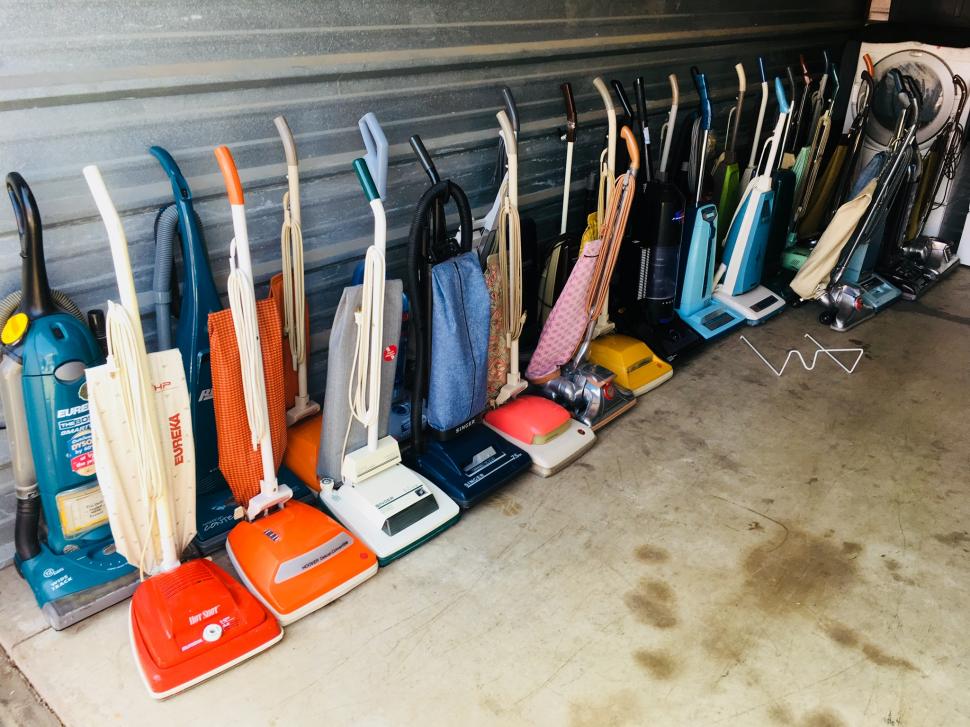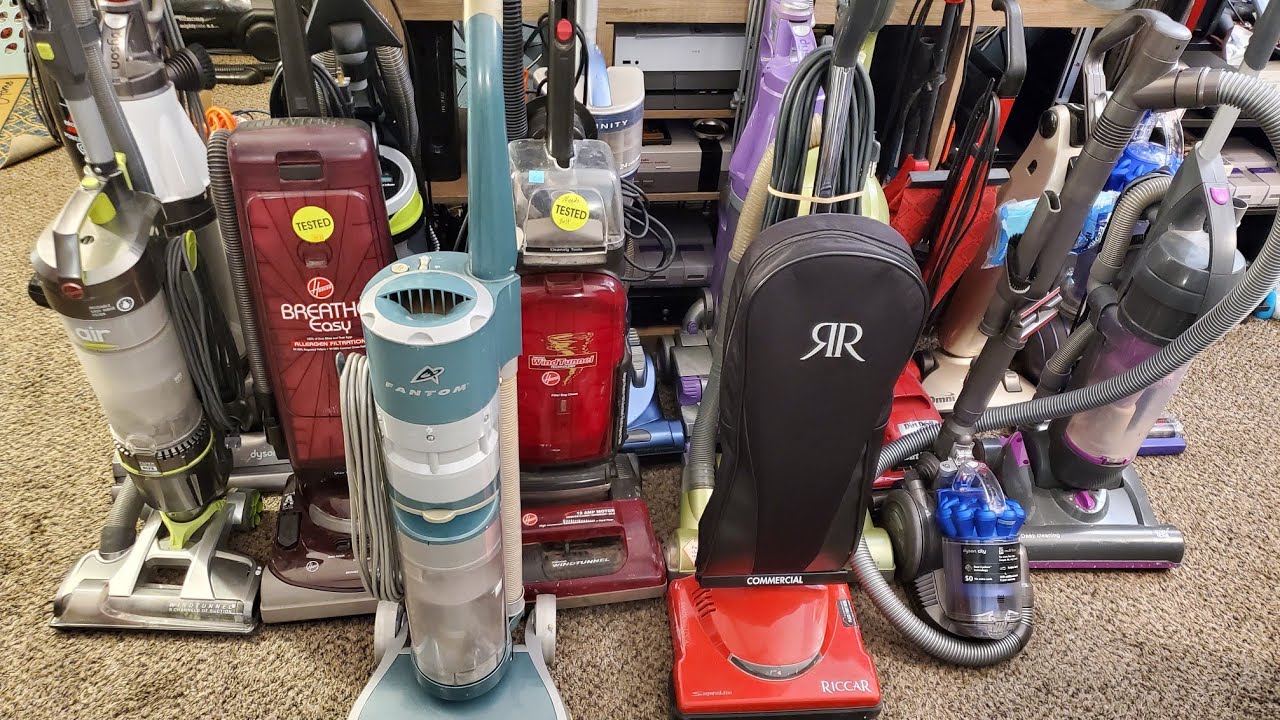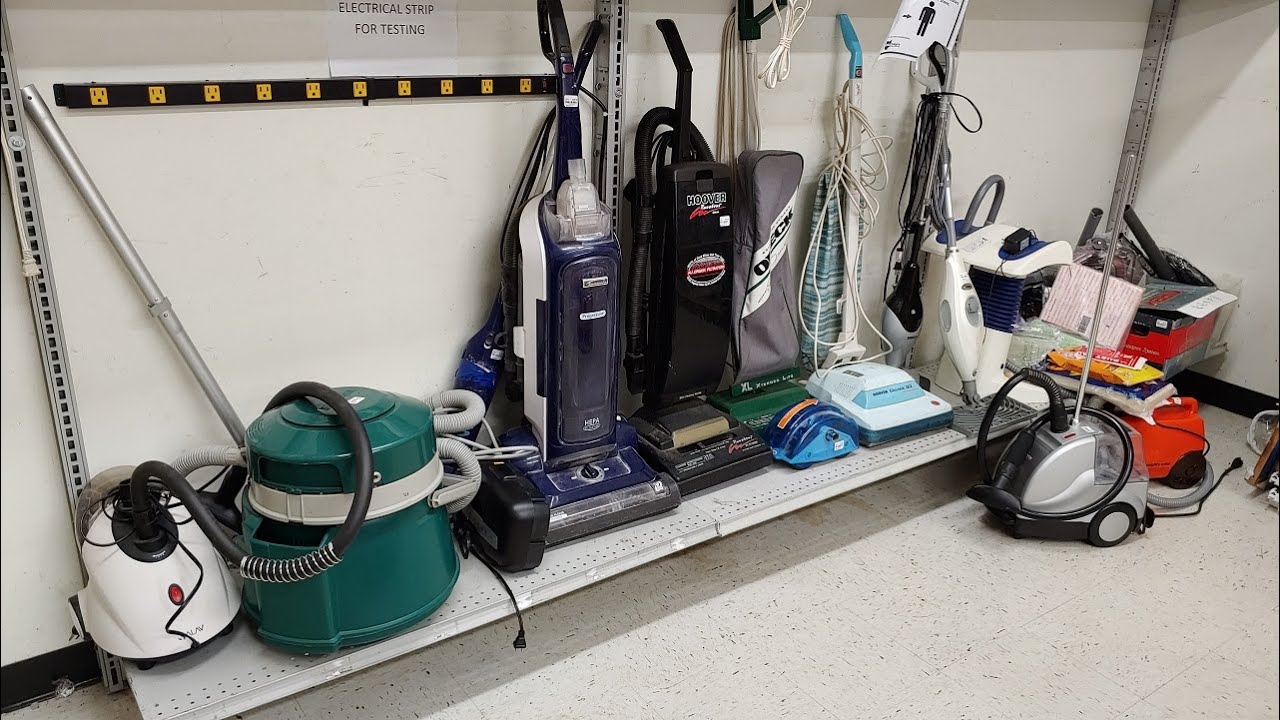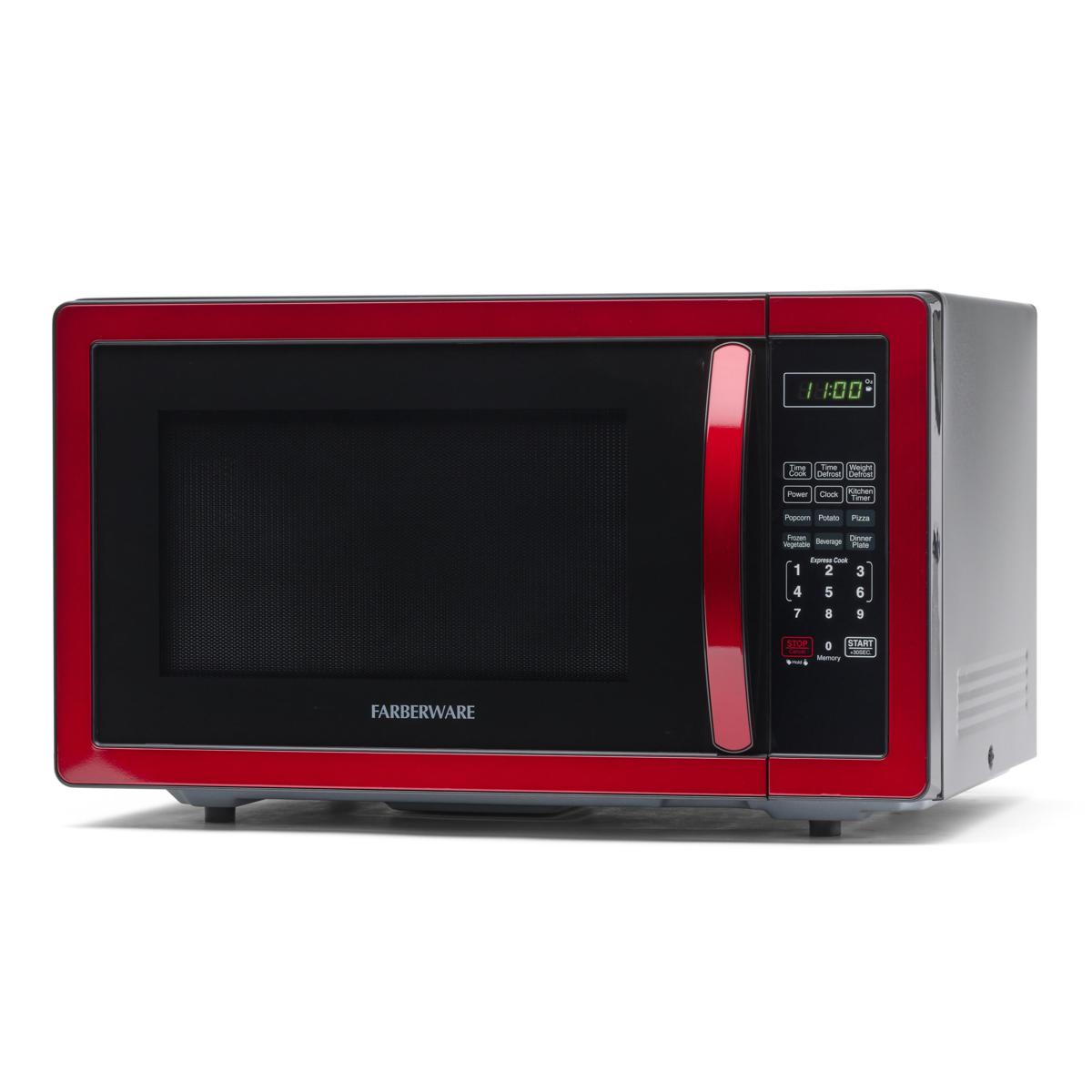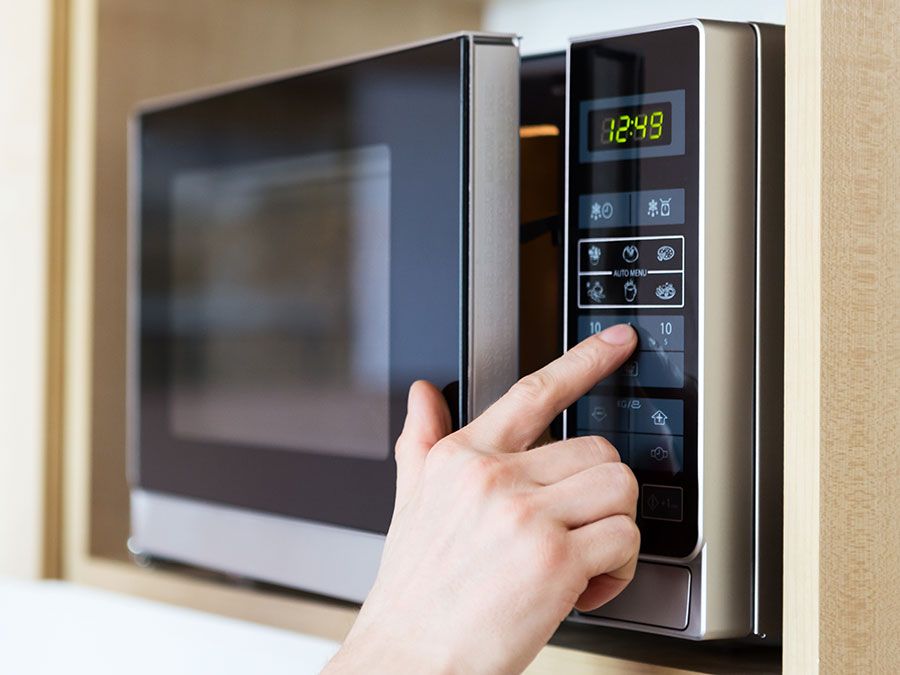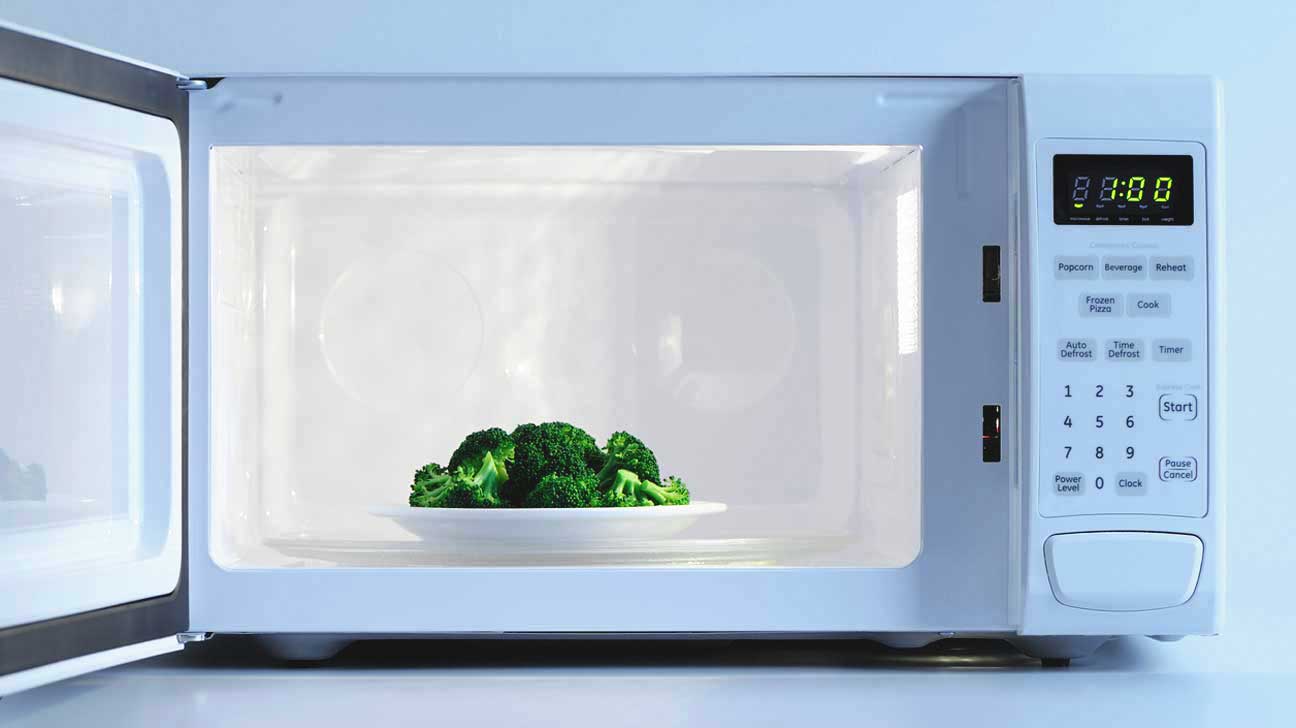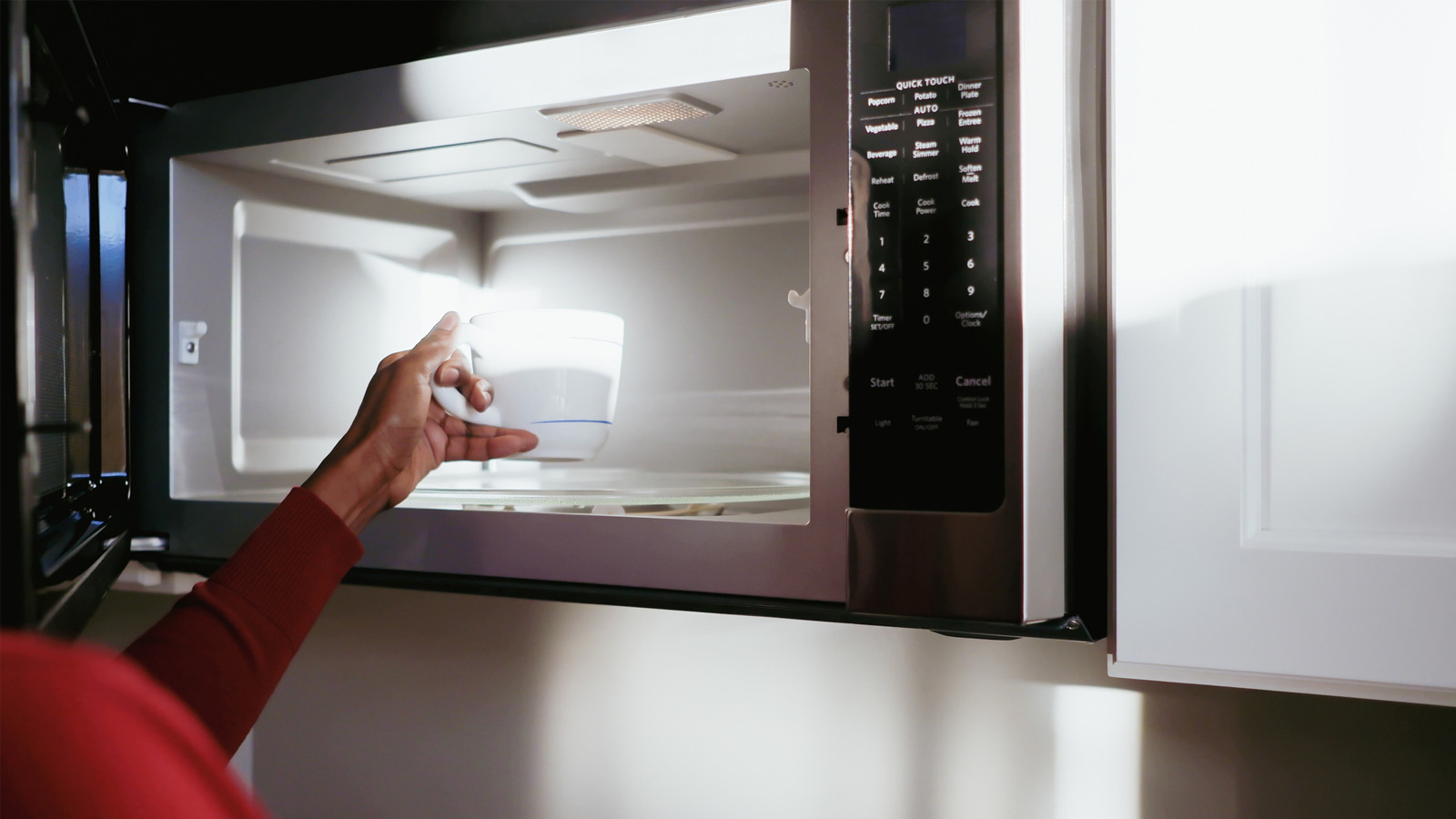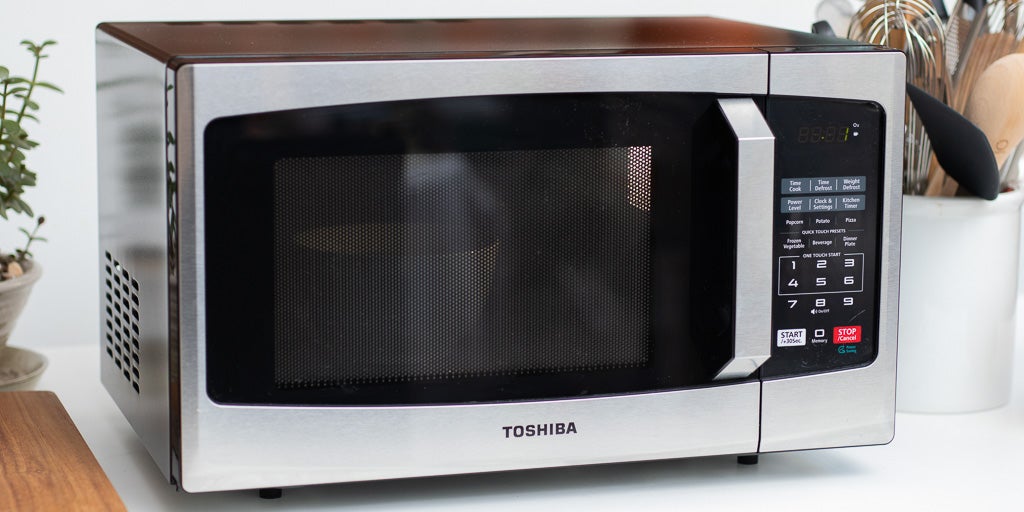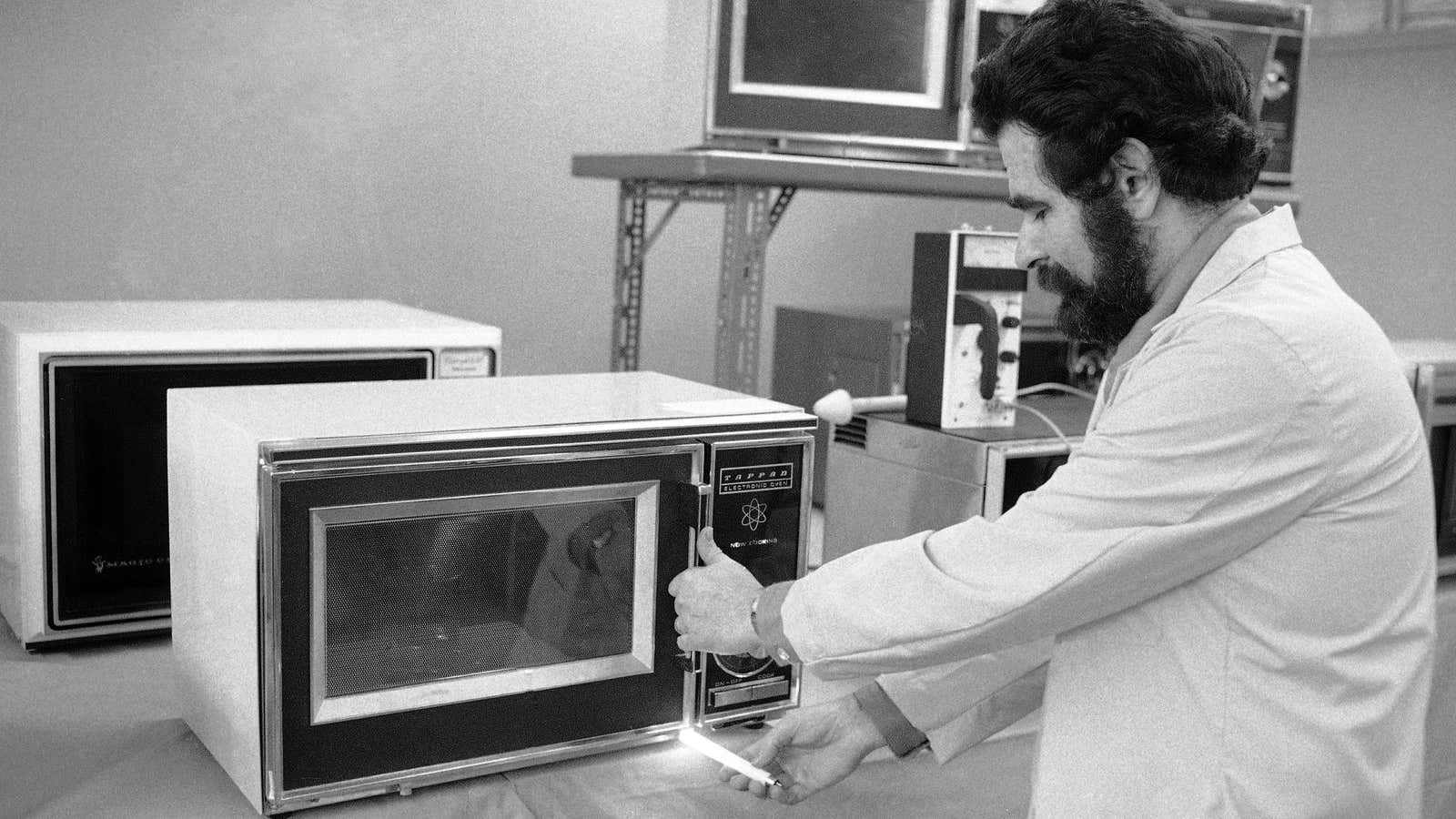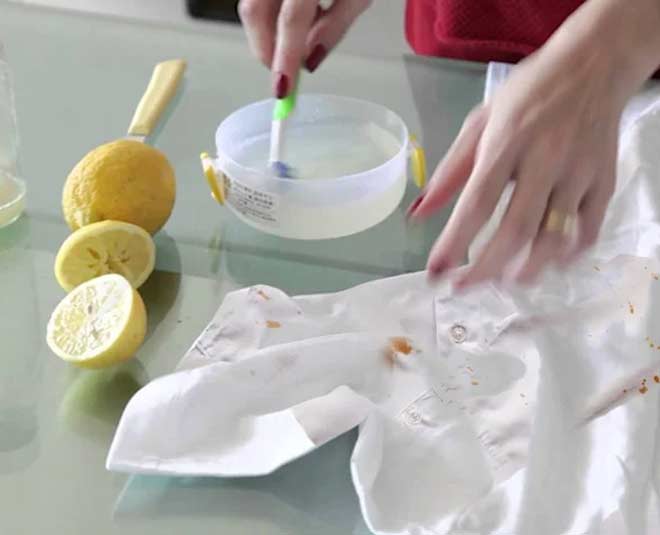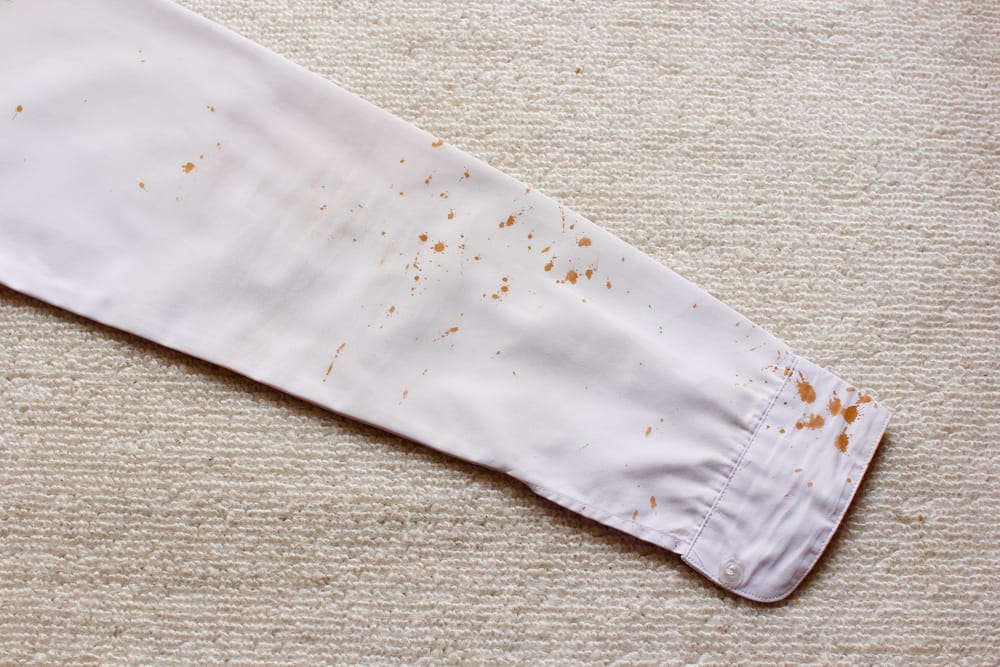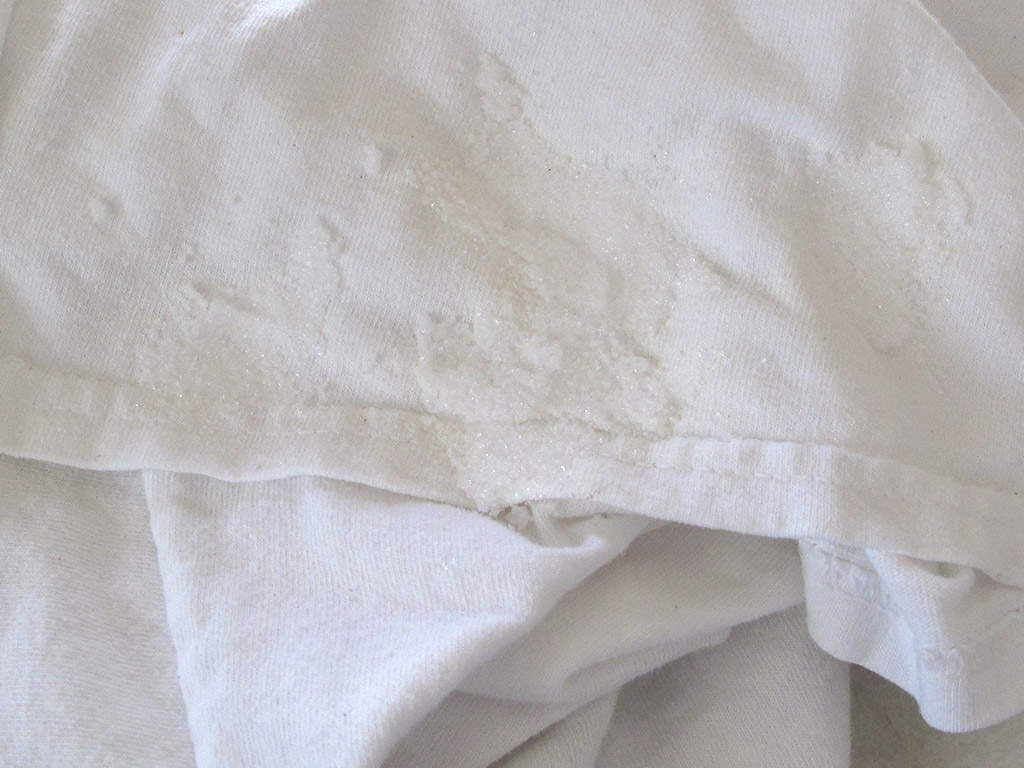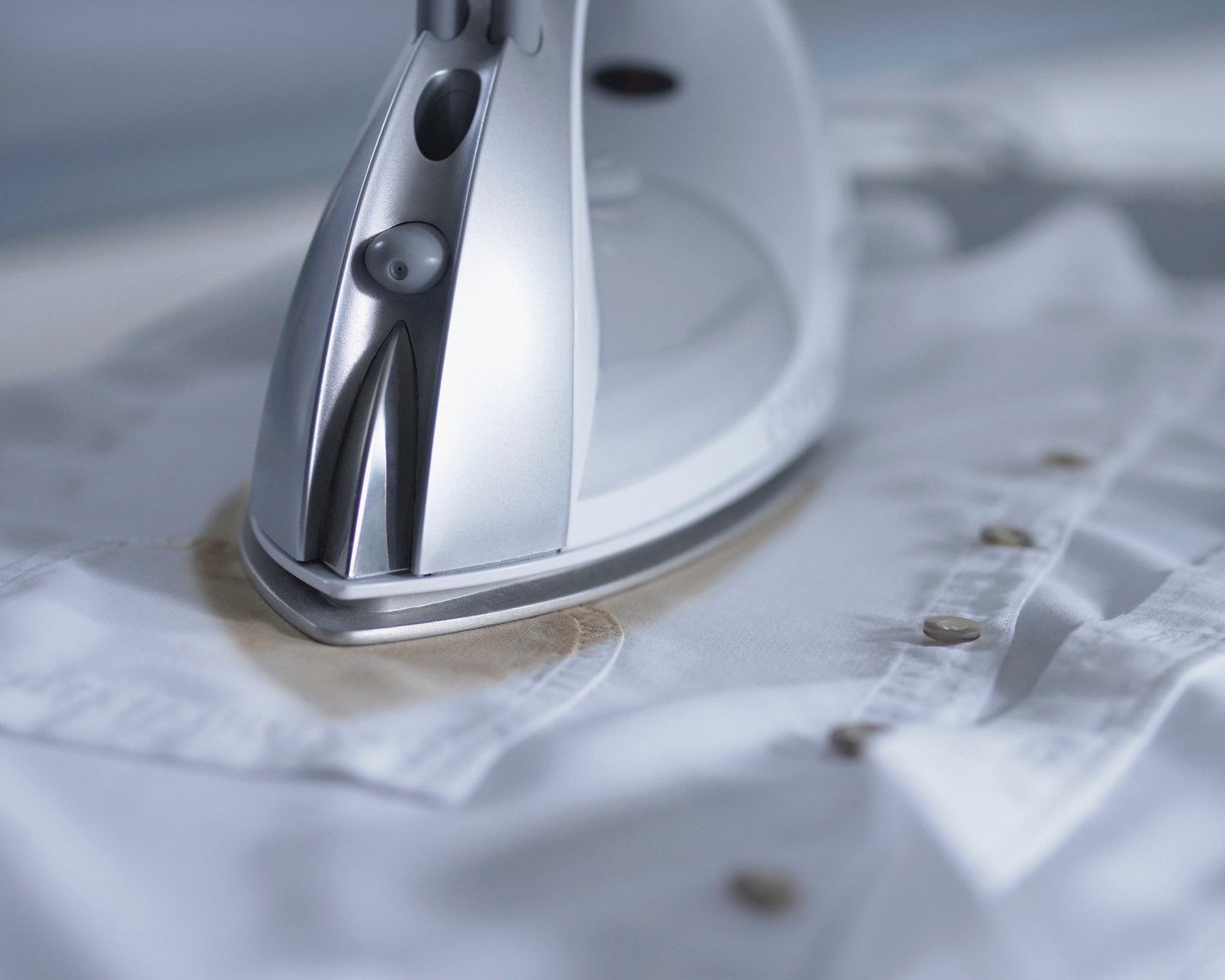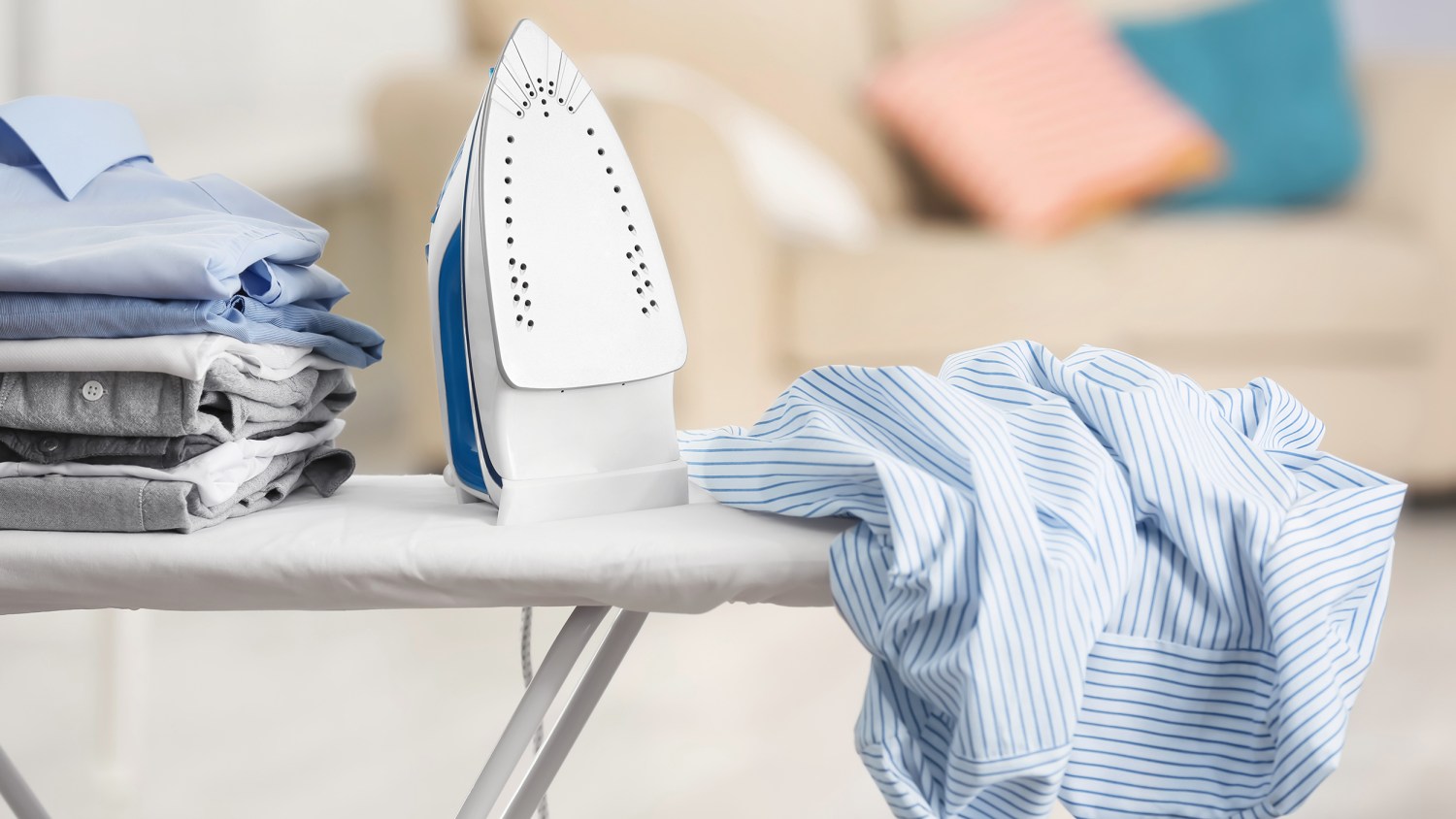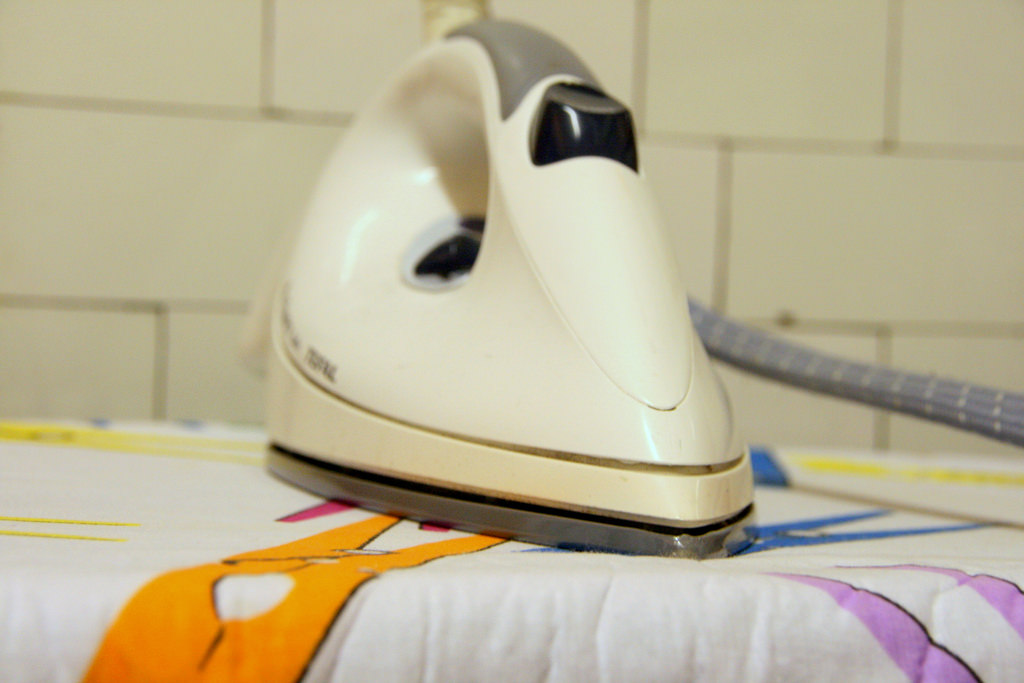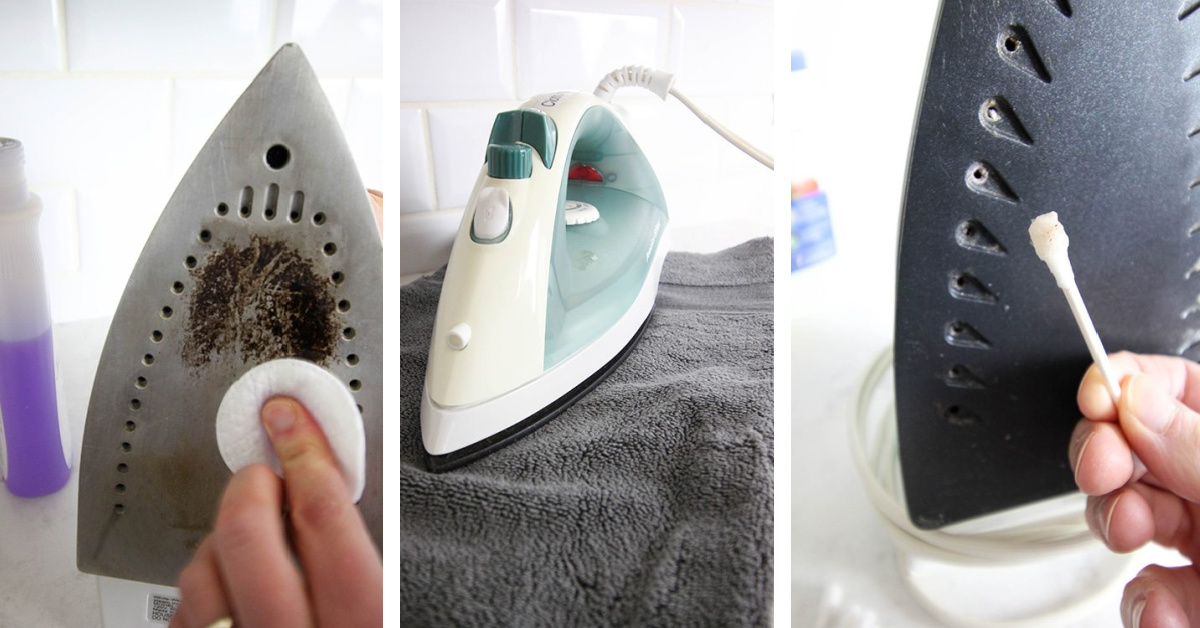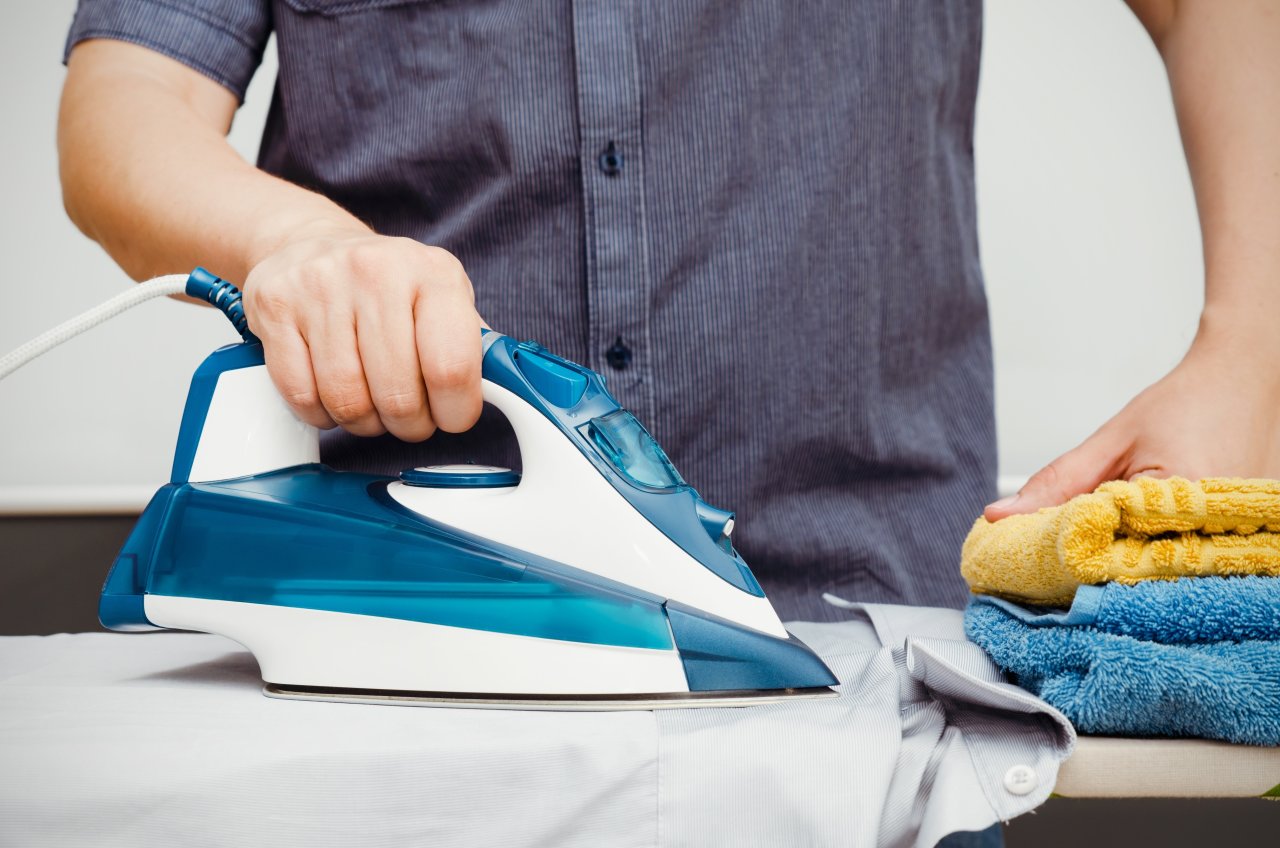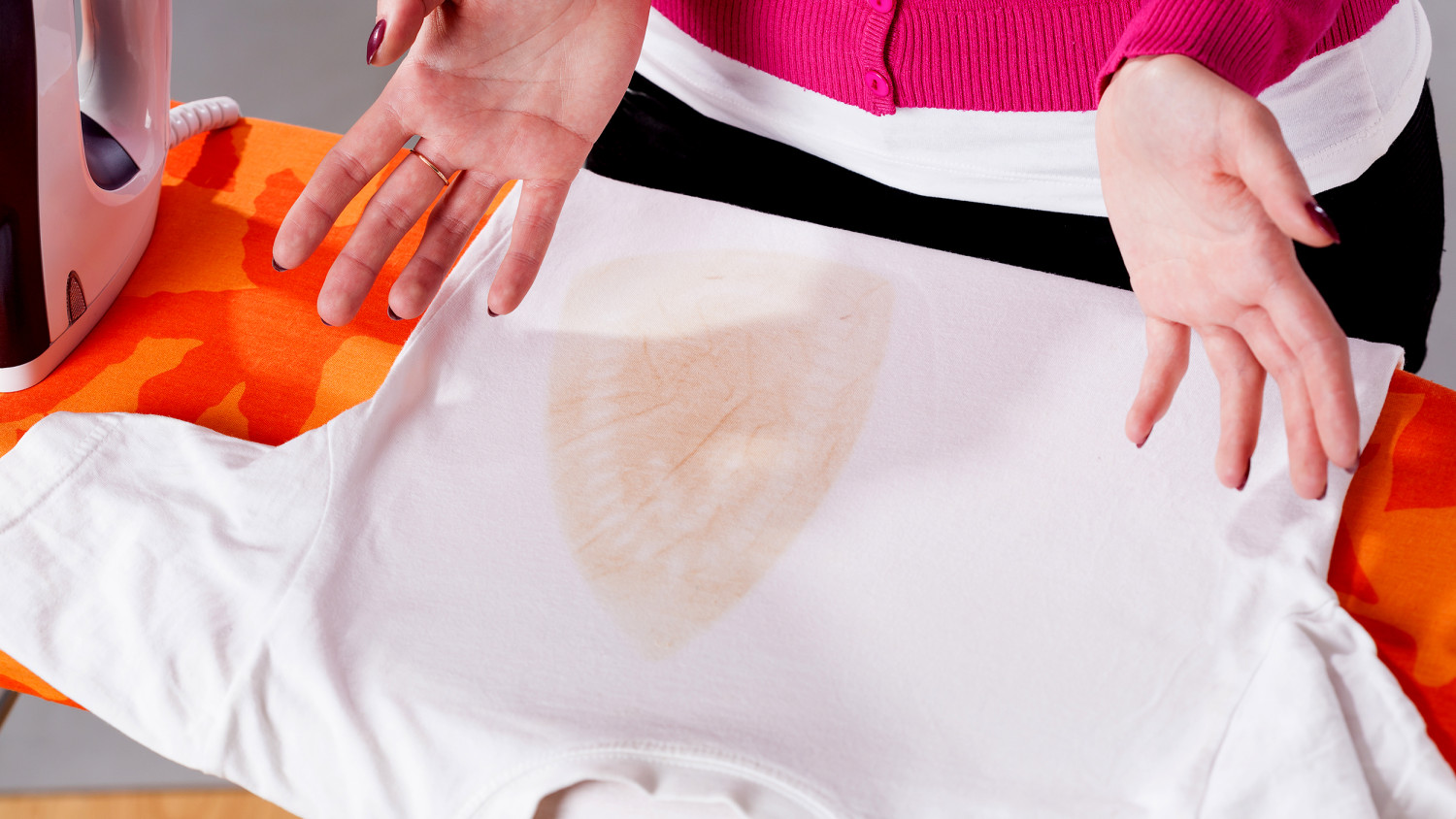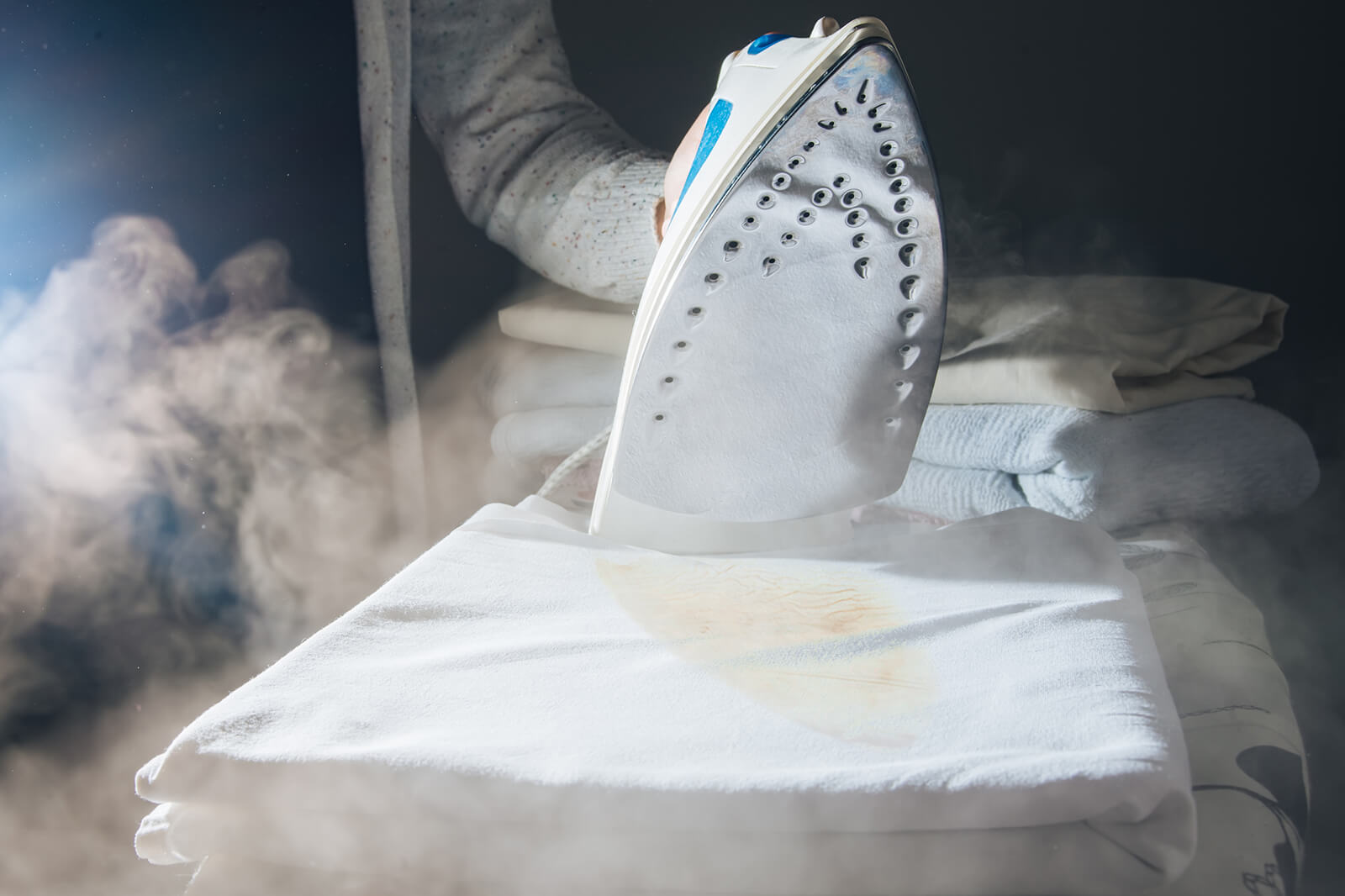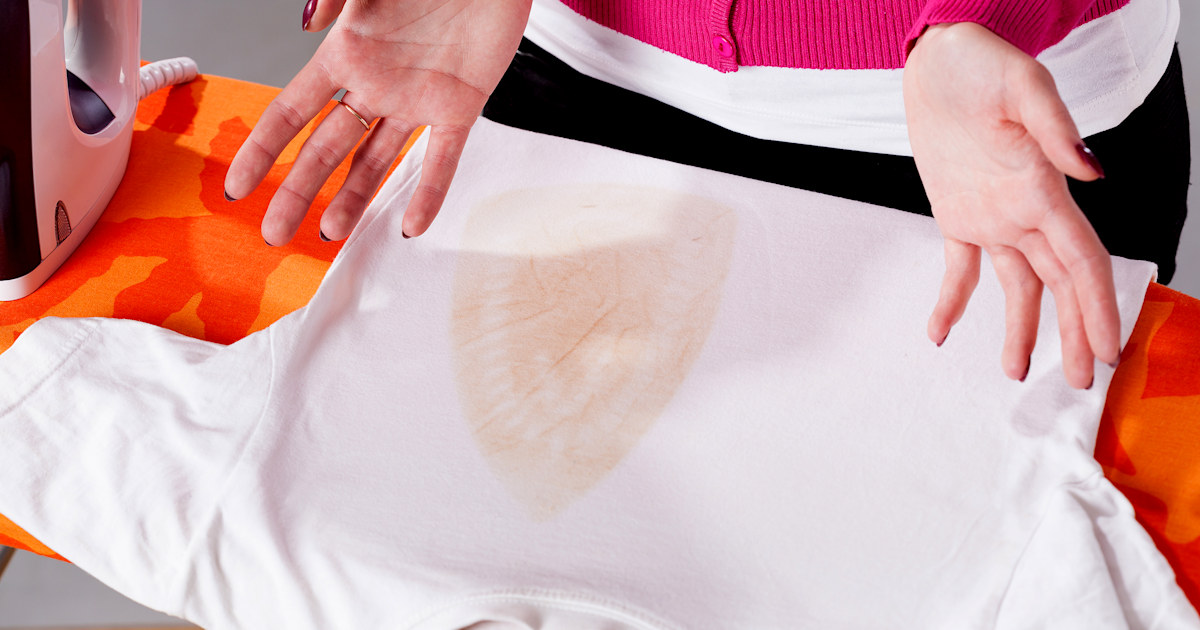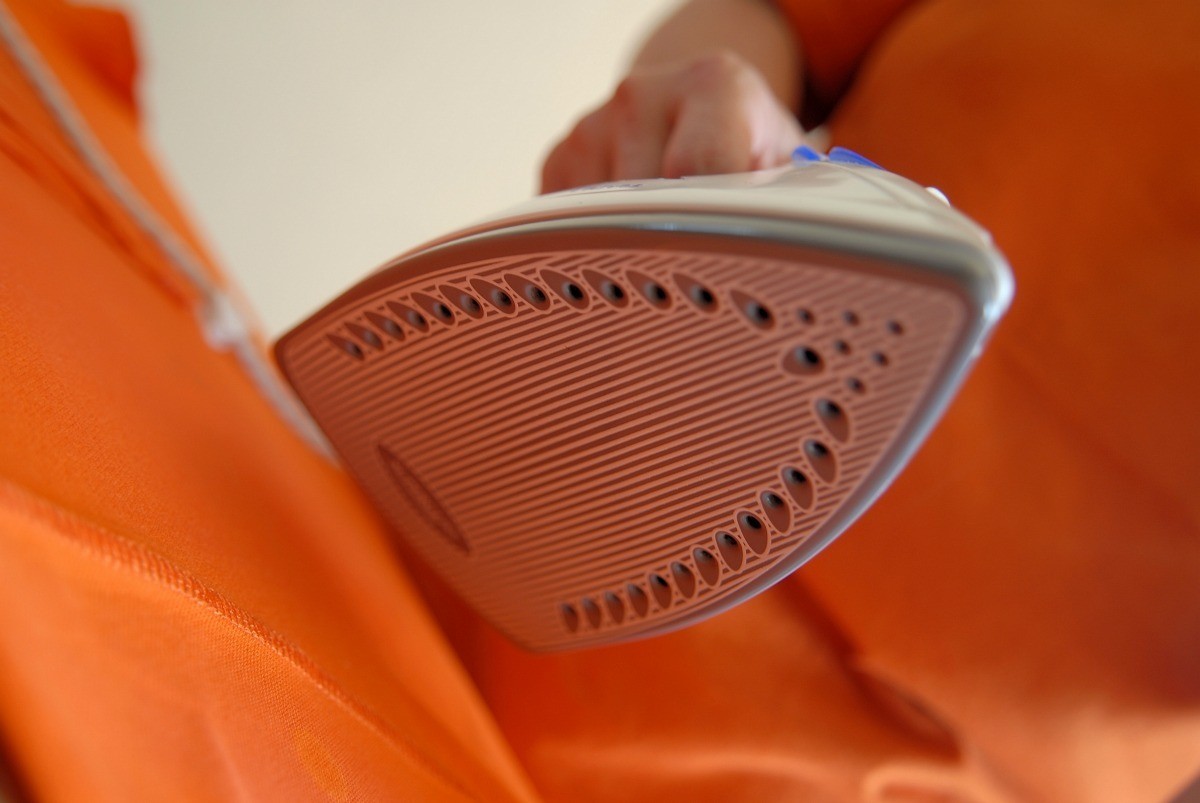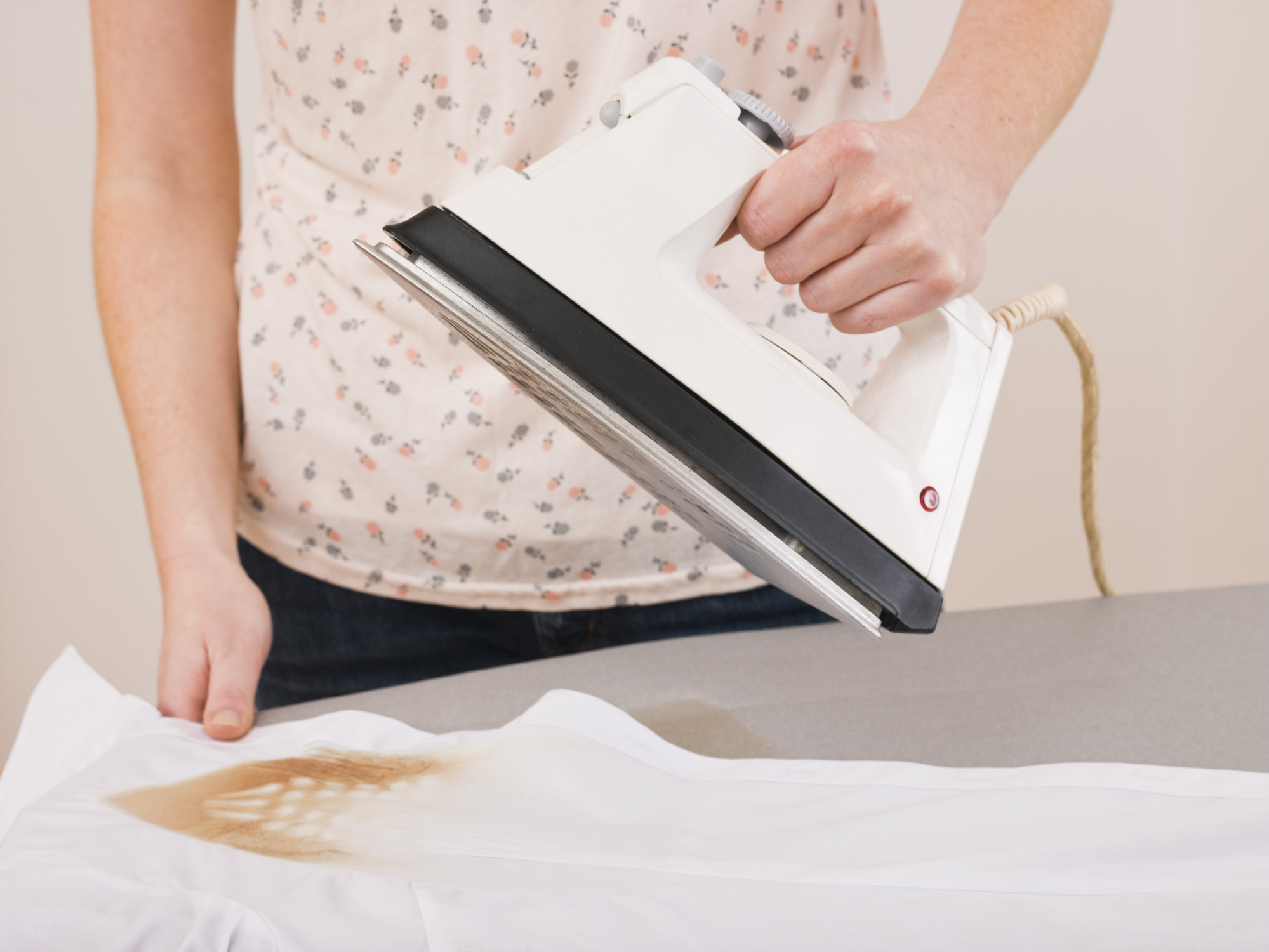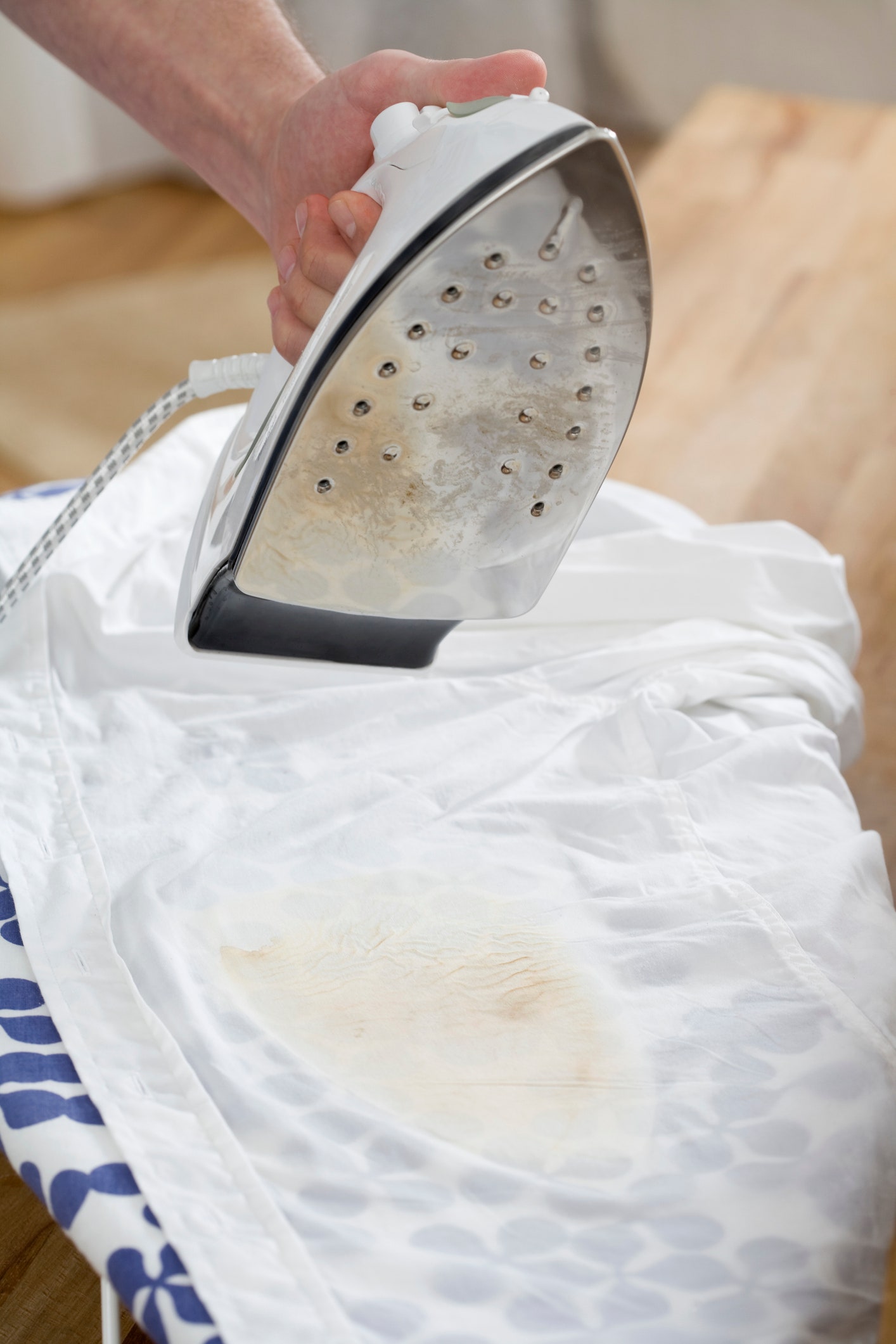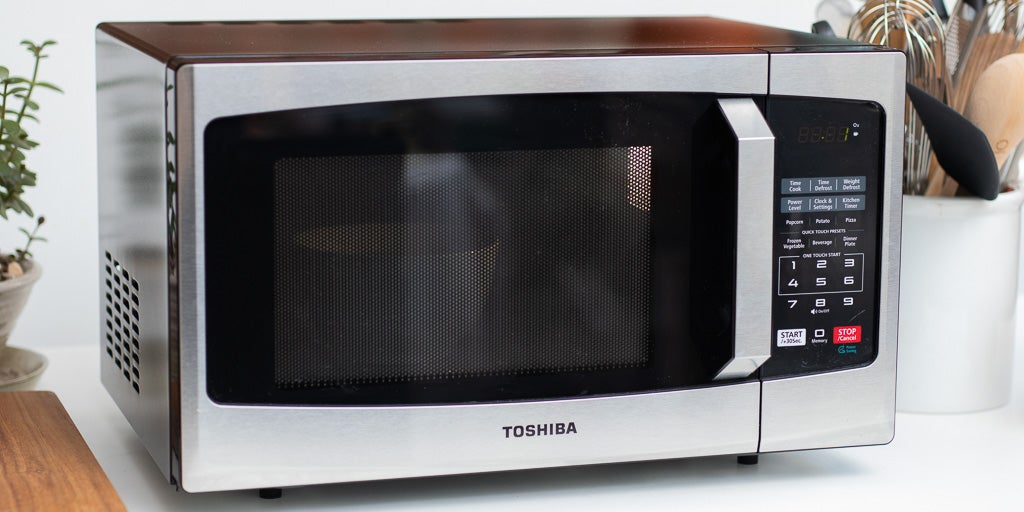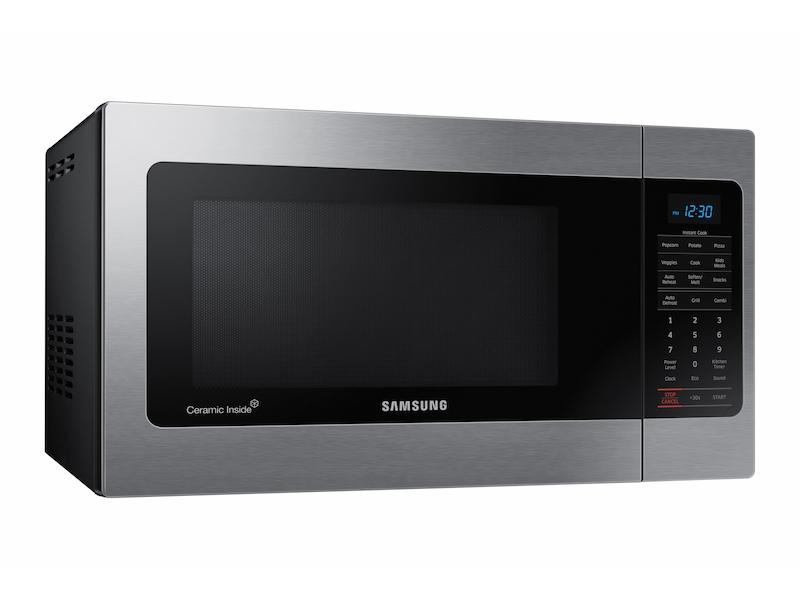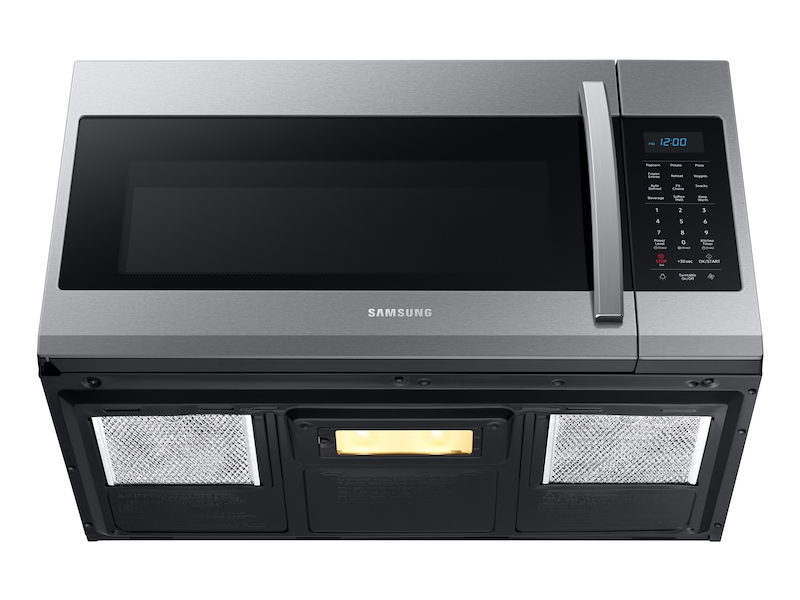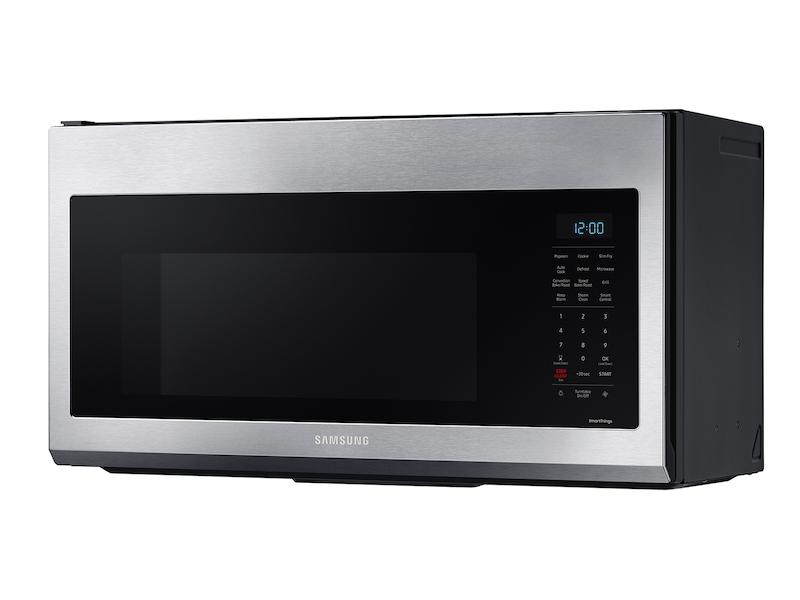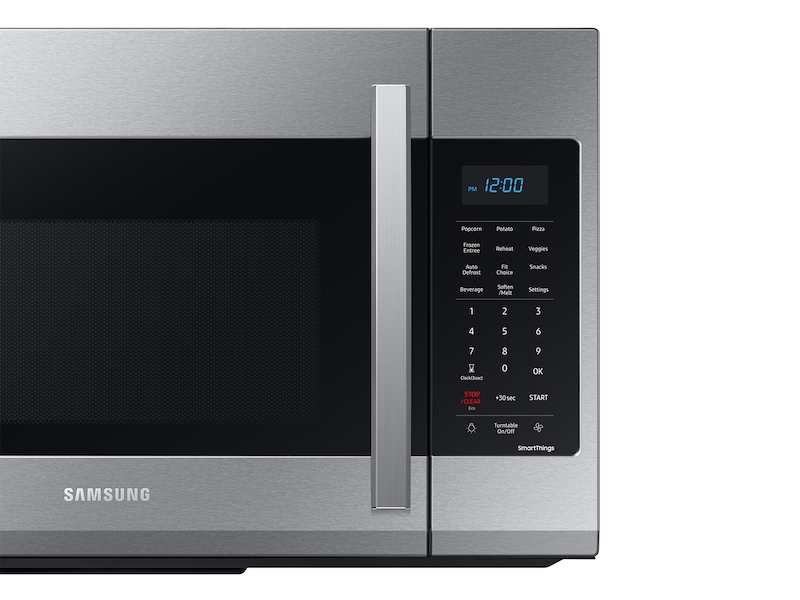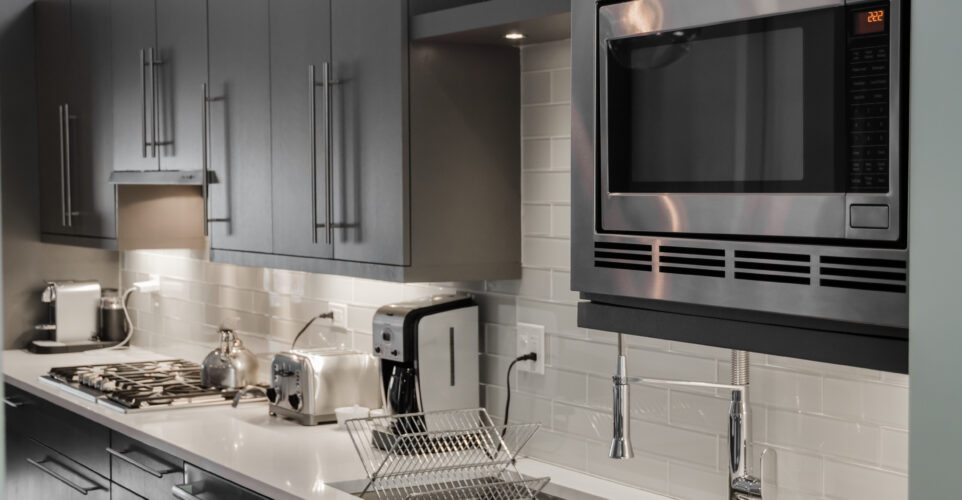Introduction:
Microwaves have become an essential appliance in modern kitchens worldwide, revolutionizing the way we cook and reheat food. However, the origins of microwave technology lie far beyond the realm of culinary convenience. In this comprehensive article, we will explore the fascinating history of microwaves, tracing their original purpose and their journey into the heart of our homes. From military applications to microwave ovens, we will delve into the various milestones that brought this marvel of modern convenience into our daily lives.
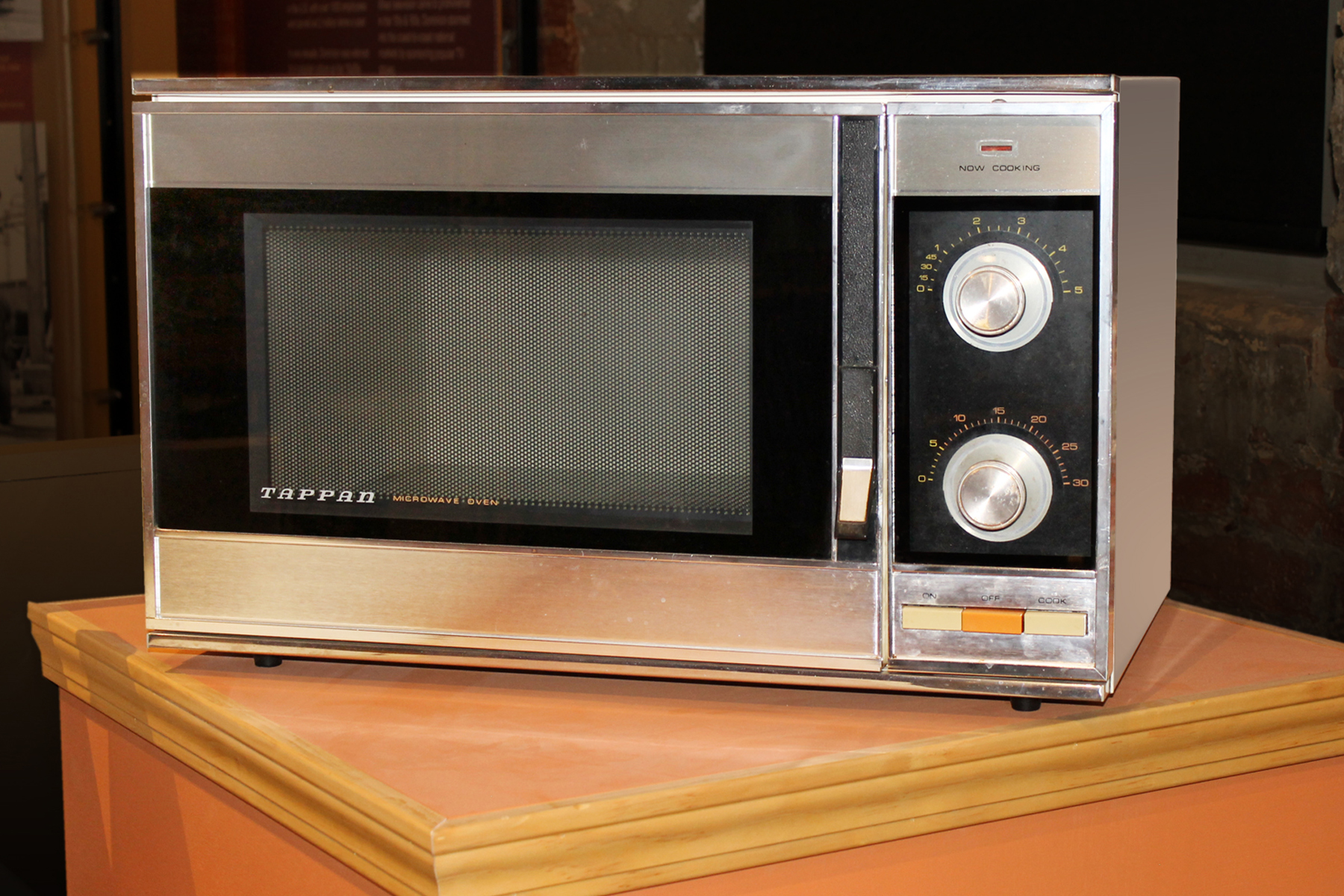
The Radar Roots of Microwaves
To understand the origins of microwaves, we must first explore the world of radar technology and its vital role in laying the foundation for microwave innovation.
Development of Radar Technology:
During the early 20th century, scientists and engineers began experimenting with radar (Radio Detection and Ranging) technology. Radar used radio waves to detect the presence, position, and movement of distant objects.
World War II and the Microwave Connection:
The breakthrough in microwave technology occurred during World War II. Scientists working in the military were tasked with developing radar technology for military purposes. Through their work, they discovered that microwaves had the ability to generate heat. This observation set the stage for the development of the microwave oven.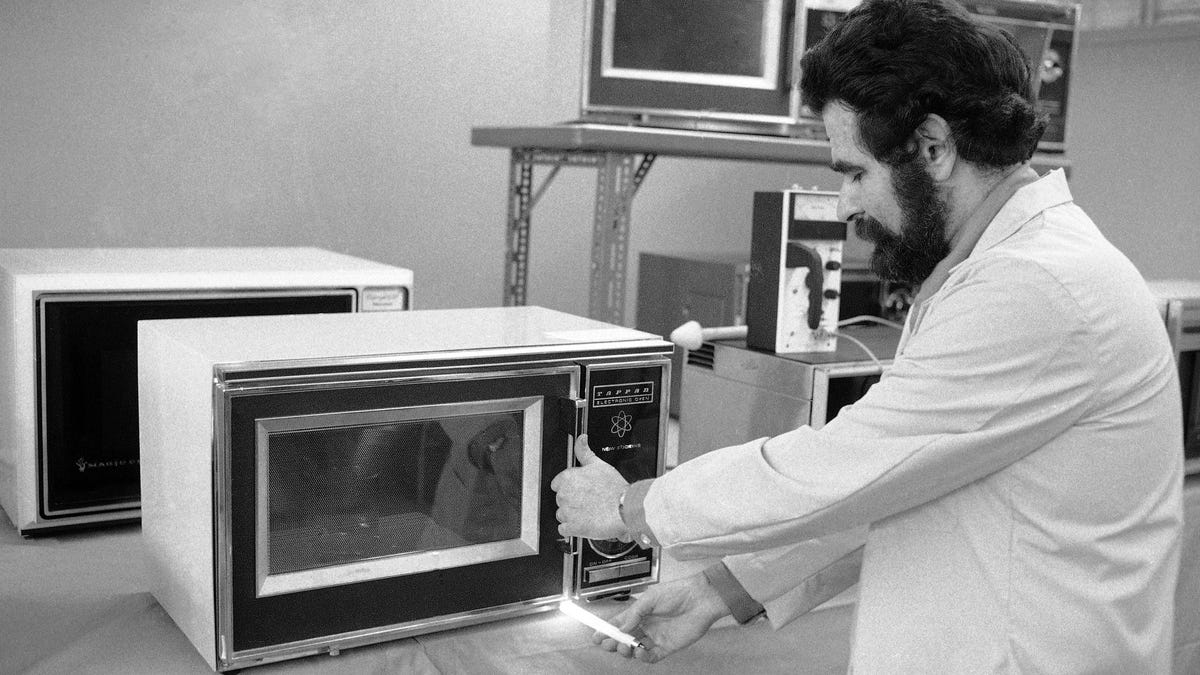
The Emergence of the Microwave Oven
The transformation of microwaves from military applications to kitchen appliances can be attributed to a few notable individuals and significant technological advancements.
Percy Spencer and the Accidental Discovery:
In the late 1940s, Percy Spencer, an engineer at Raytheon Corporation, made a remarkable discovery. While working with a magnetron, a vacuum tube used in radar systems, he noticed that a candy bar in his pocket had melted. This led him to experiment further, and he realized that microwaves could cook food efficiently.
Early Microwave Ovens and Commercialization:
Spencer’s accidental discovery paved the way for the development of the first microwave oven. In 1947, Raytheon introduced the “Radarange,” the first commercially available microwave oven. Standing over five feet tall and weighing over 700 pounds, it was a far cry from the sleek countertop models we use today. However, it marked the beginning of a culinary revolution.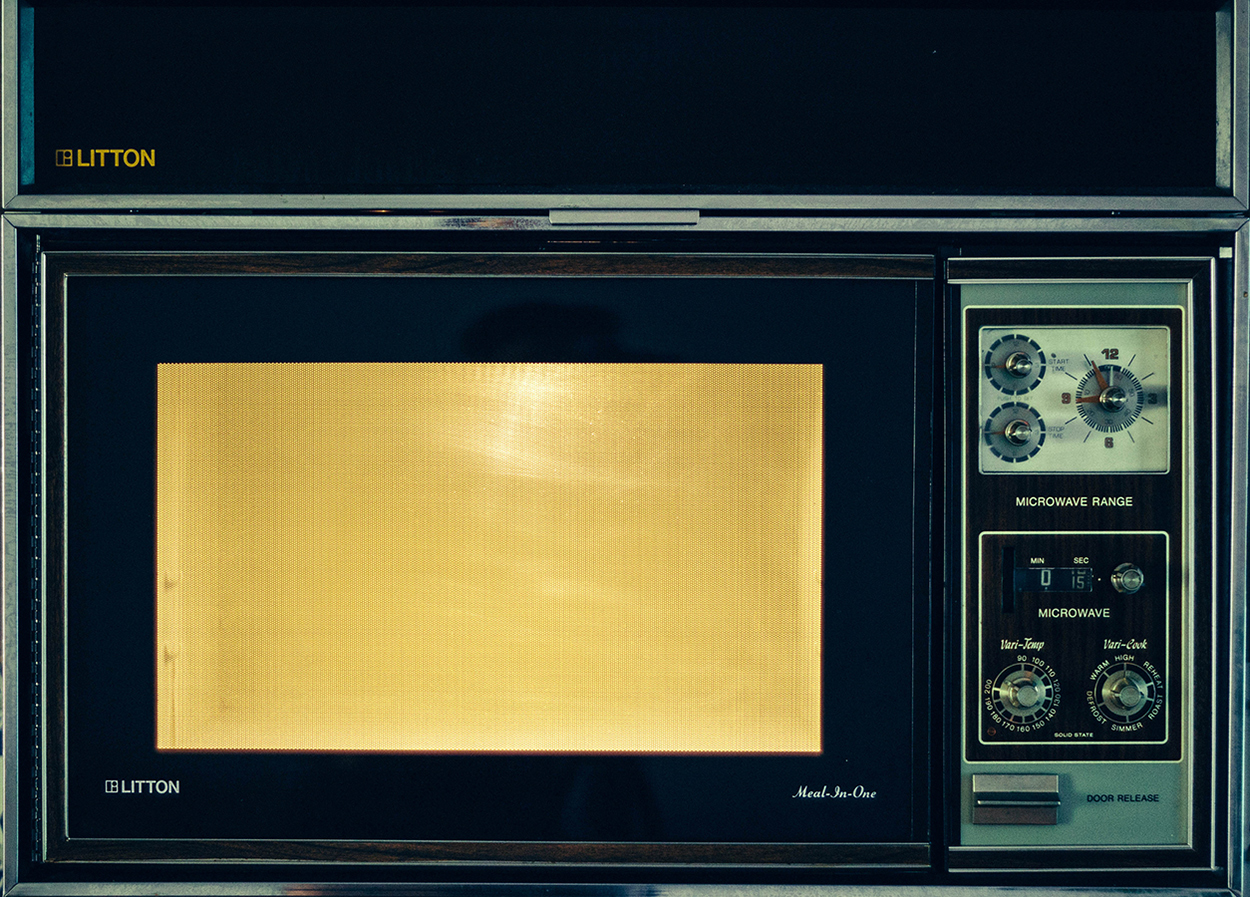
Advancements in Microwave Technology
In the decades that followed, advancements in microwave technology led to the introduction of smaller and more user-friendly models, with increased functionalities and convenience.
Miniaturization and Countertop Models:
As technology improved, engineers were able to develop more compact microwave ovens. By the 1960s and 1970s, countertop models became increasingly popular, providing a space-saving and accessible option for home cooks.
Microwave Oven Features and Functionality:
With ongoing advancements, microwave ovens evolved to offer a plethora of features and functionalities. From preset cooking programs to sensor technology, modern microwave ovens provide enhanced cooking, reheating, and defrosting capabilities. Additionally, features like turntables and multi-stage programming further enhance the convenience and usability of microwave ovens.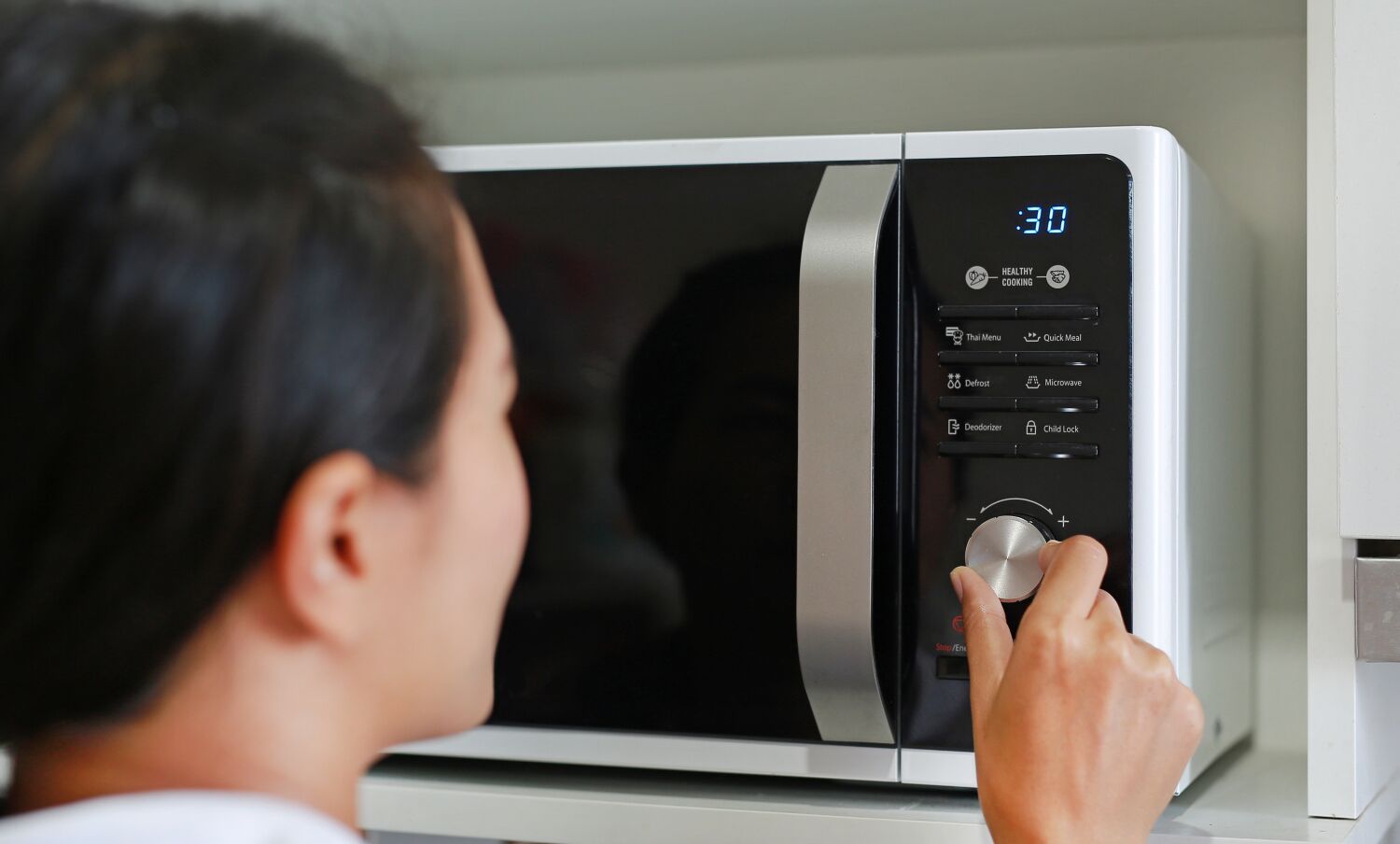
Microwaves in the Modern Kitchen
Today, microwave ovens have become an indispensable part of the modern kitchen, offering unparalleled convenience, safety, and culinary creativity.
Convenience and Time-Saving Abilities:
Microwaves have revolutionized the way we cook and reheat food. With their fast heating capabilities, they provide quick meals and eliminate the need for prolonged stove or oven time.
Advancements in Safety and Energy Efficiency:
Modern microwave ovens prioritize safety with features like child safety locks and improved ventilation systems. Additionally, advancements in energy efficiency have made microwave ovens more eco-friendly, reducing their overall impact on the environment.
Culinary Creativity and Healthy Cooking:
Microwaves are no longer limited to reheating leftovers. With the advent of microwave-safe cookware and accessories, home cooks have discovered the creative potential of microwave cooking. From steaming vegetables to baking delectable treats, microwave ovens offer a range of culinary possibilities. Additionally, microwave cooking is known to retain nutrients better than other cooking methods, promoting healthier eating habits.
The Future of Microwave Technology
While microwave ovens have already transformed our kitchens and cooking habits, the future holds even more exciting possibilities for microwave technology.
Smart Microwave Ovens:
As technology continues to advance, smart capabilities are being integrated into everyday appliances, including microwave ovens. Smart microwaves can be controlled remotely via smartphones or voice-enabled devices. They can also have built-in cameras for monitoring and adjusting cooking parameters, as well as smart sensors for measuring food temperature and adjusting cooking times accordingly. These innovative features offer unprecedented convenience and precision in cooking.
Integration with Internet of Things (IoT):
Microwave ovens are poised to become an integral part of the Internet of Things (IoT) ecosystem. They can seamlessly connect with other smart home devices, enabling automation and synchronization. For instance, a smart microwave oven can communicate with a smart refrigerator to suggest recipe ideas based on the ingredients available. IoT integration opens up endless possibilities for personalized and streamlined cooking experiences.
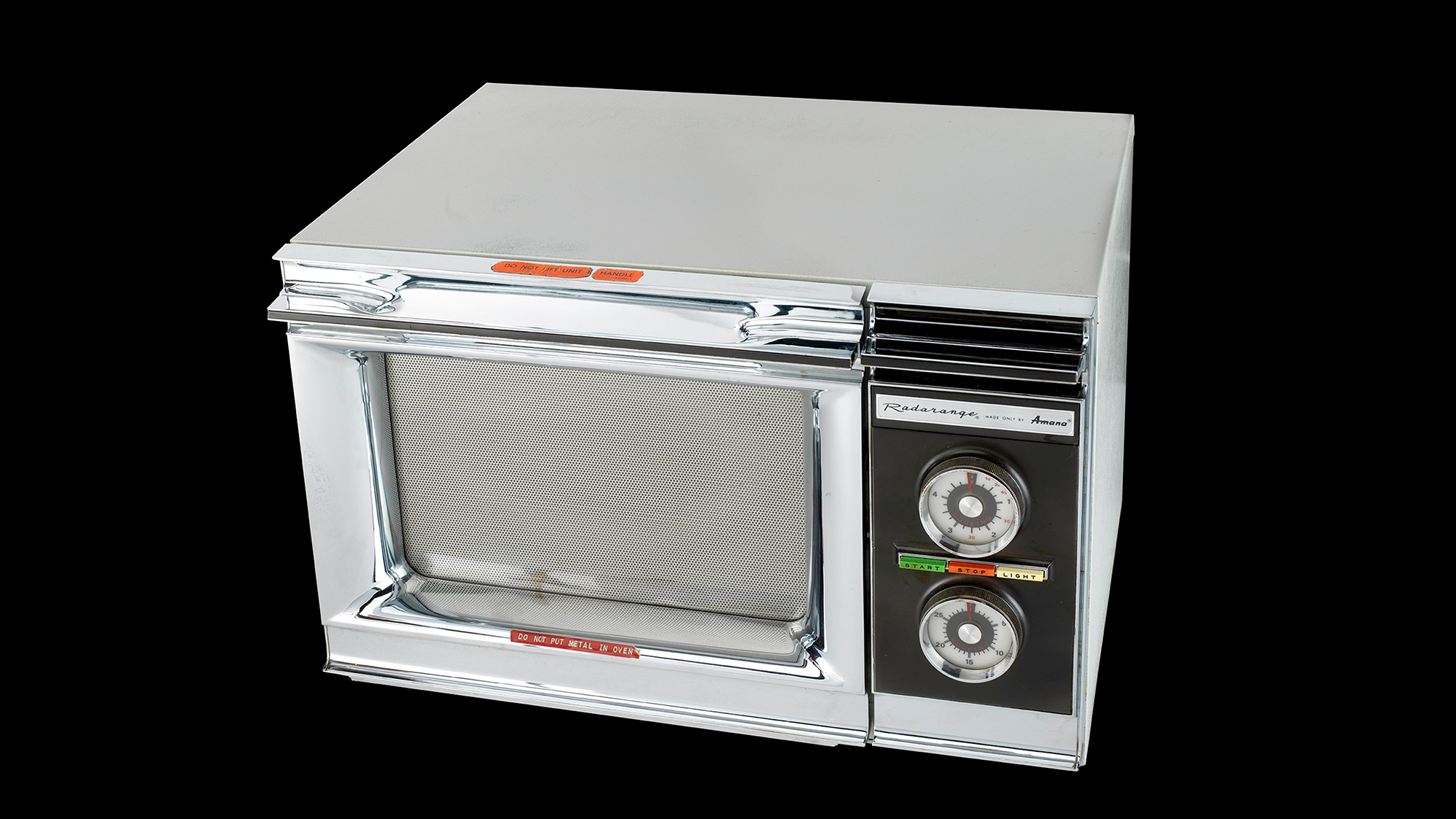
Environmental Considerations:
As our society becomes more focused on sustainability, microwave oven manufacturers are incorporating environmental considerations into their designs. Energy efficiency is continuously enhanced, with microwave ovens consuming less power while maintaining optimal cooking performance. Additionally, manufacturers are exploring alternative materials and manufacturing processes to reduce environmental impact. These efforts aim to create more eco-friendly microwave ovens without compromising functionality.
Conclusion:
From their origins as crucial components of radar technology to their transformation into a kitchen staple, microwaves have come a long way. The accidental discovery by Percy Spencer and subsequent advancements in microwave technology have changed the way we approach cooking and food preparation. With their time-saving abilities, enhanced safety features, and culinary versatility, microwave ovens have found a permanent place in our modern kitchens. As we continue to embrace their convenience, it is worth remembering the fascinating journey that led to the creation of this indispensable culinary tool.
In conclusion, the journey of microwaves from their radar origins to a staple kitchen appliance has been remarkable. The accidental discovery by Percy Spencer paved the way for their entry into our homes, revolutionizing how we cook, reheat, and defrost food. As technology advances, microwave ovens continue to evolve, offering enhanced features, convenience, and precision. Smart capabilities, integration with IoT, and environmental considerations are shaping the future of microwave technology. With these advancements, microwave ovens will continue to play a central role in our kitchens, making cooking more efficient, enjoyable, and environmentally-friendly. As we look ahead, we can anticipate microwave ovens to become even more indispensable, pushing the boundaries of culinary convenience and satisfying our evolving cooking needs.

